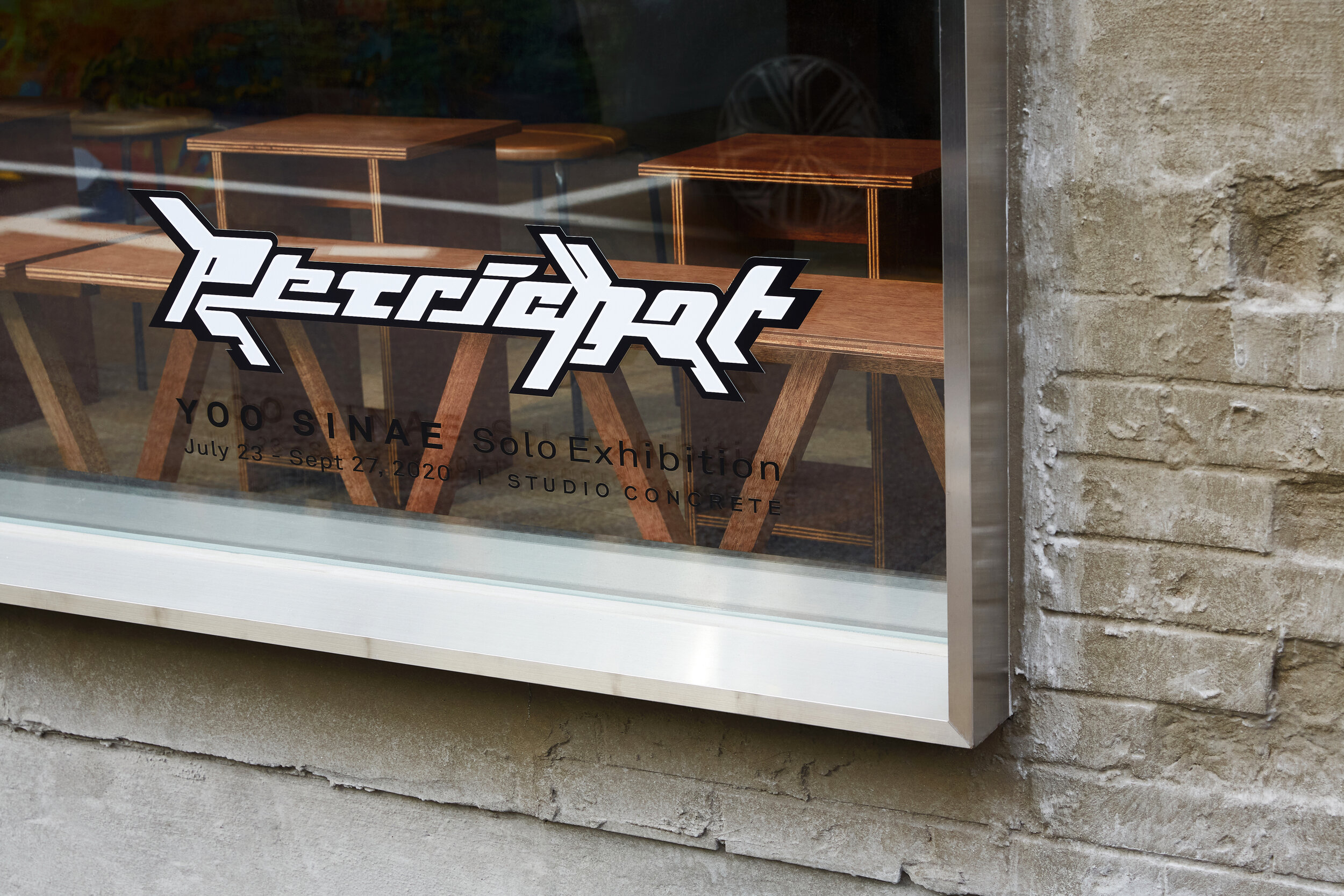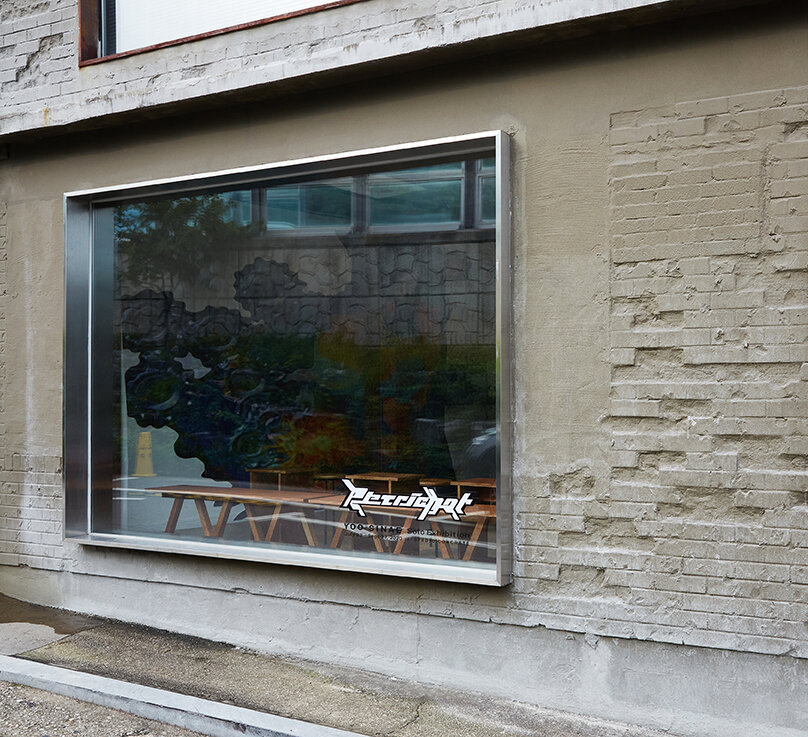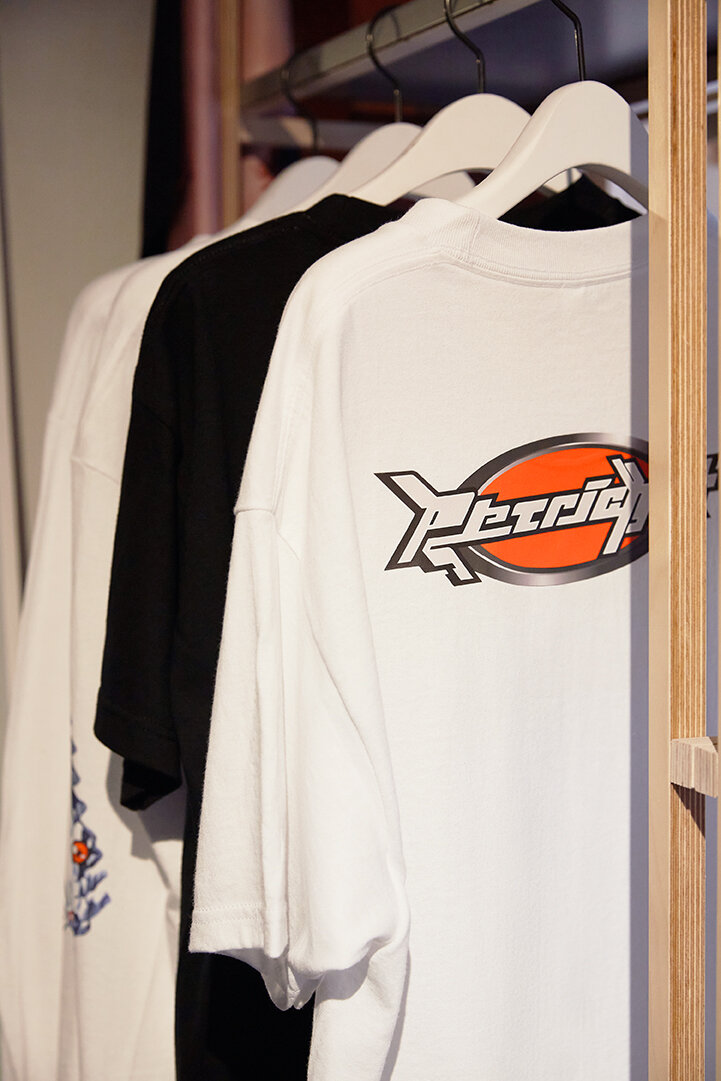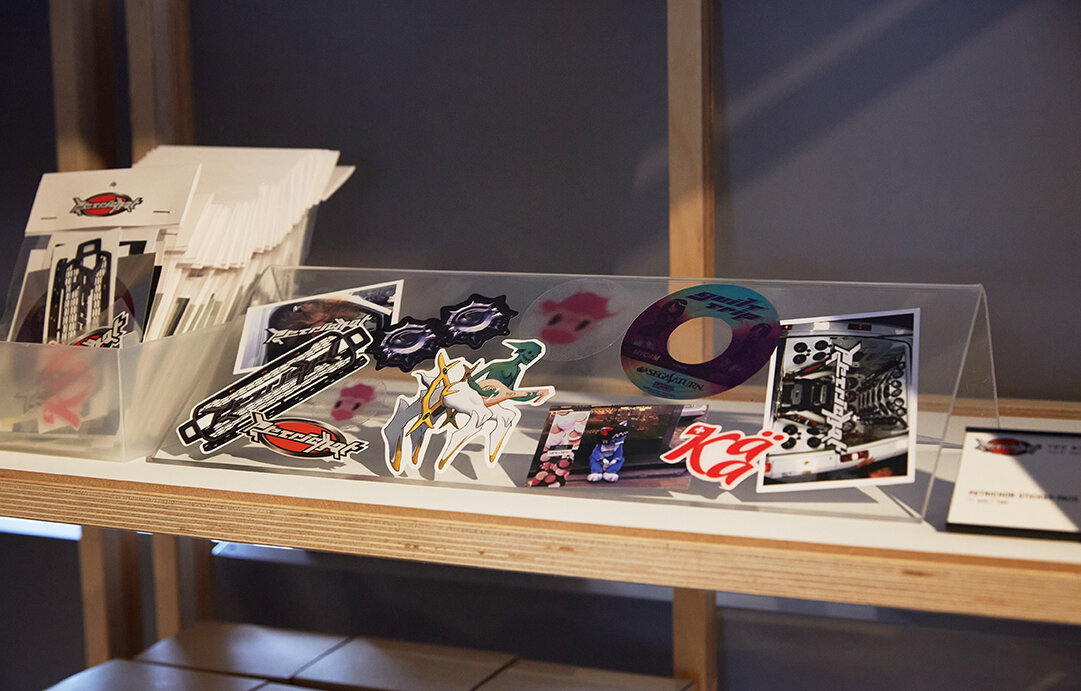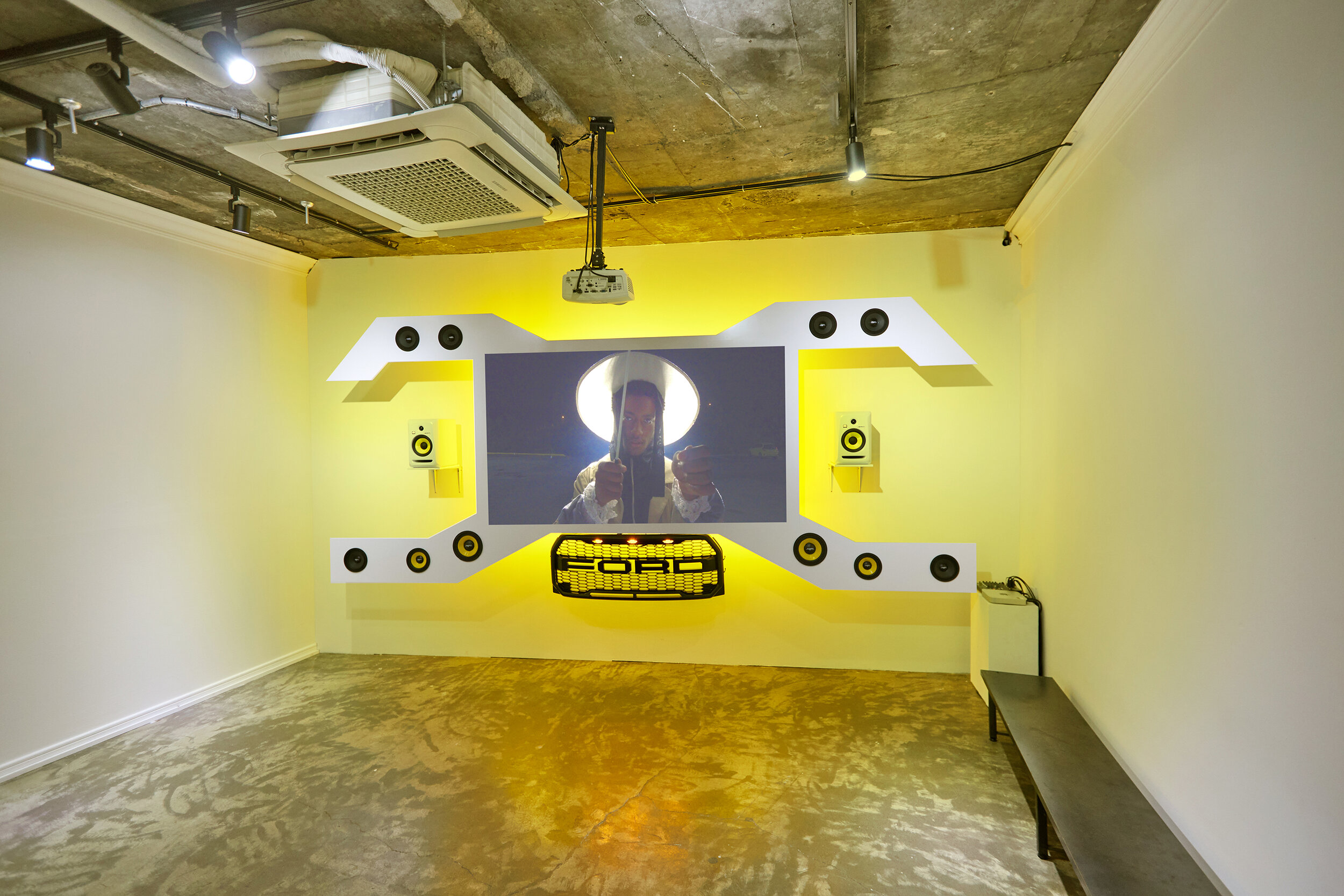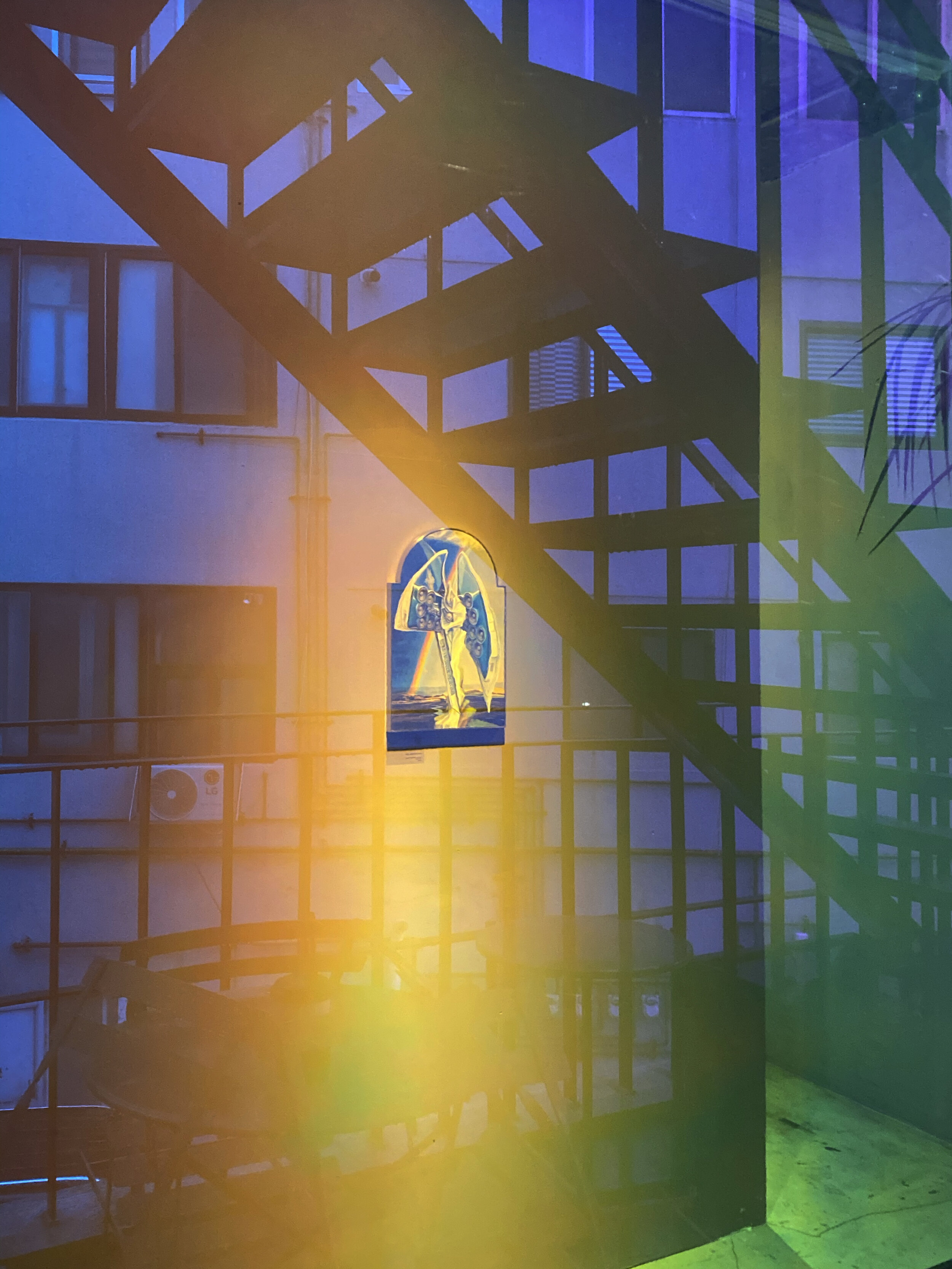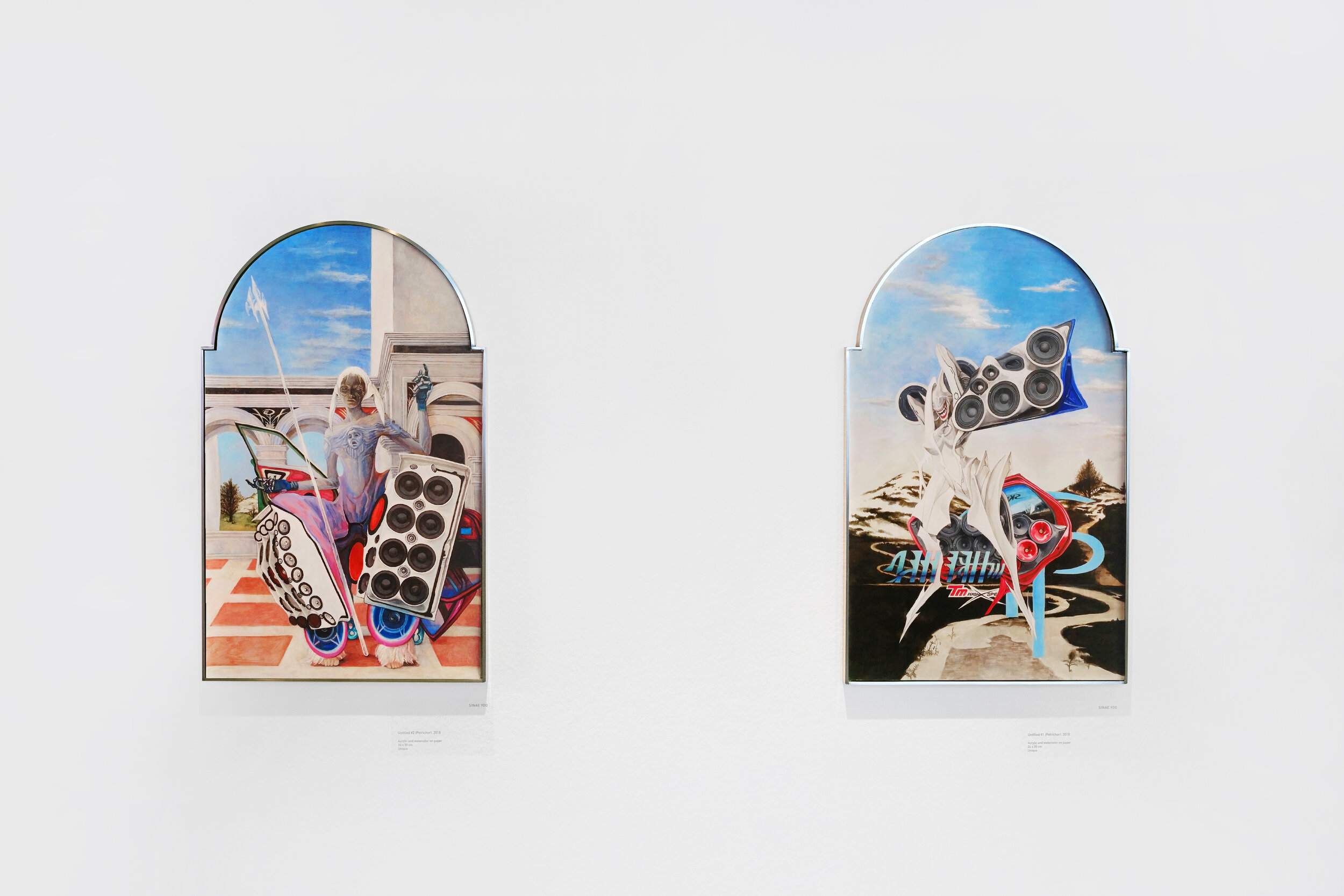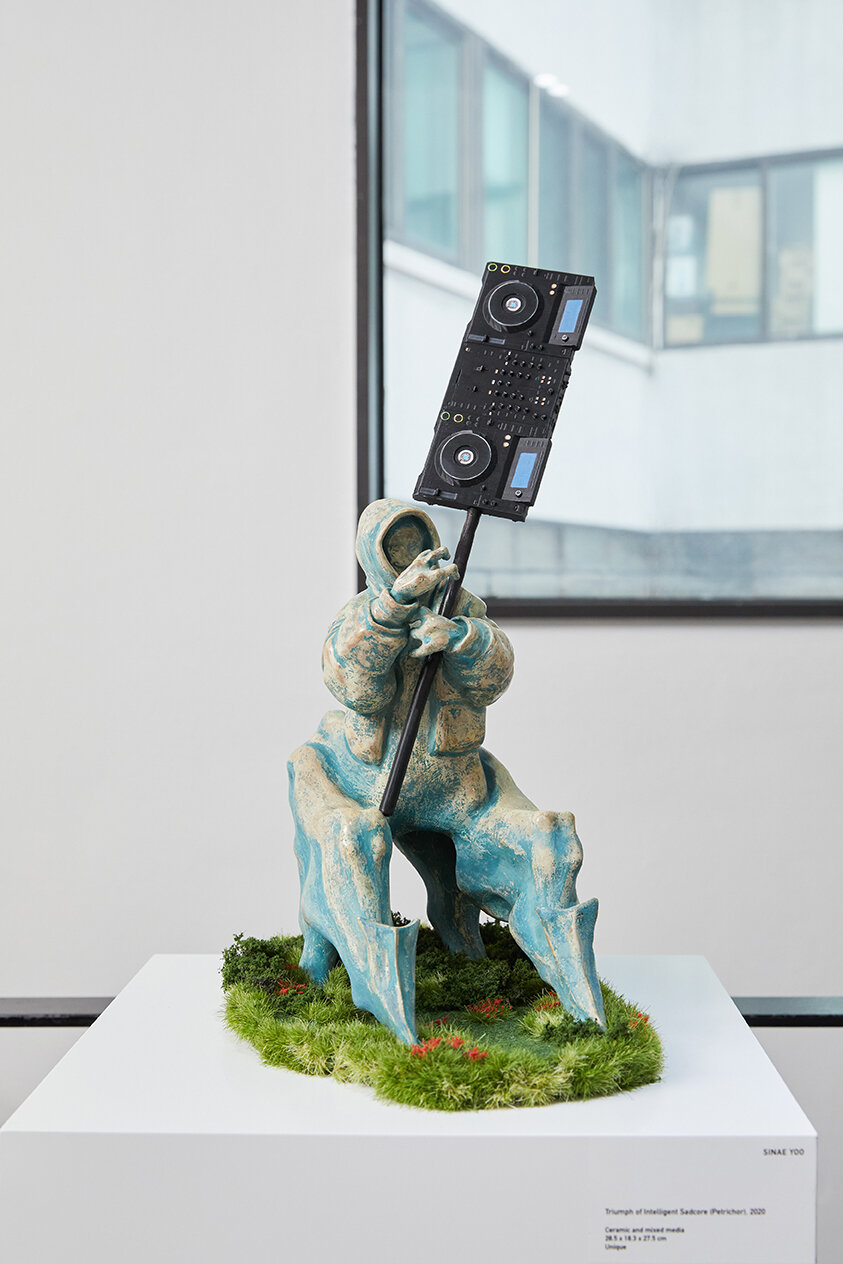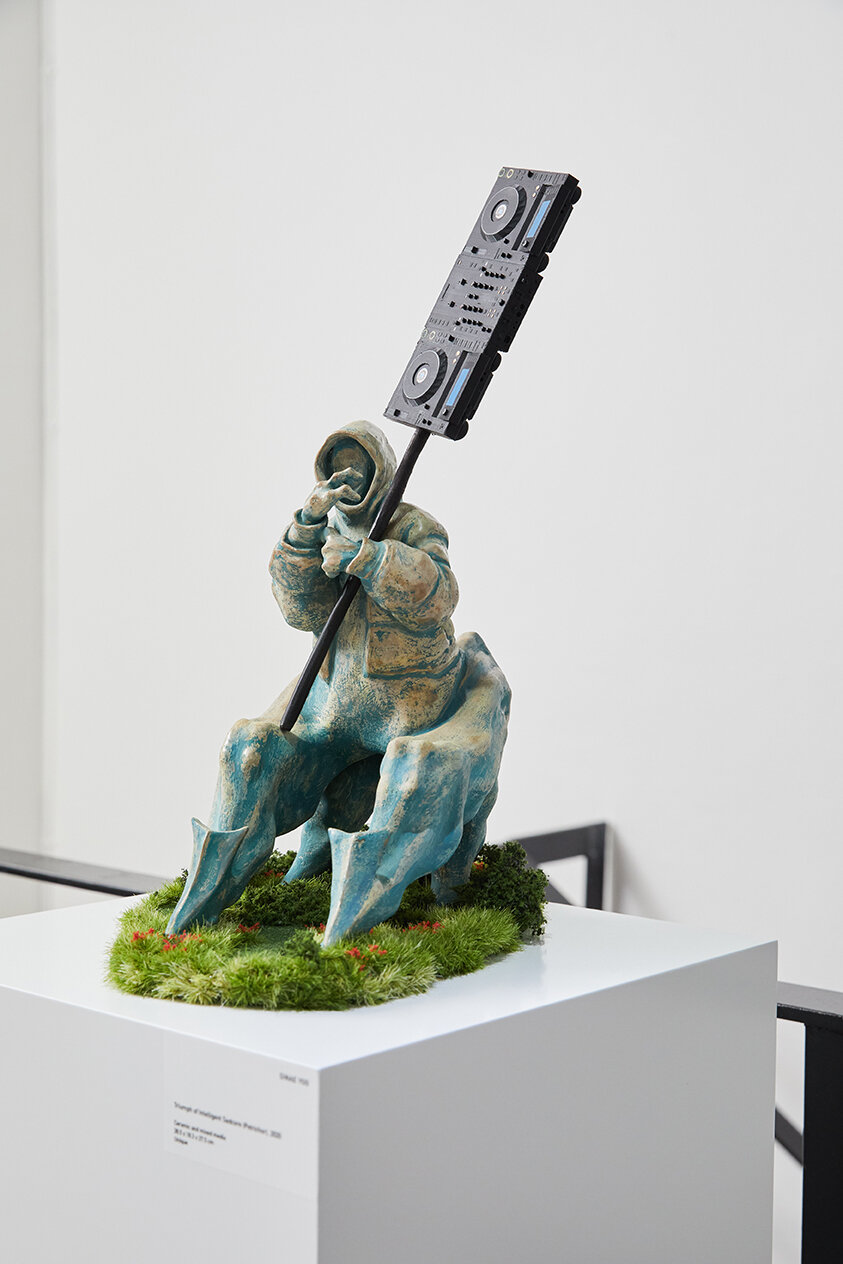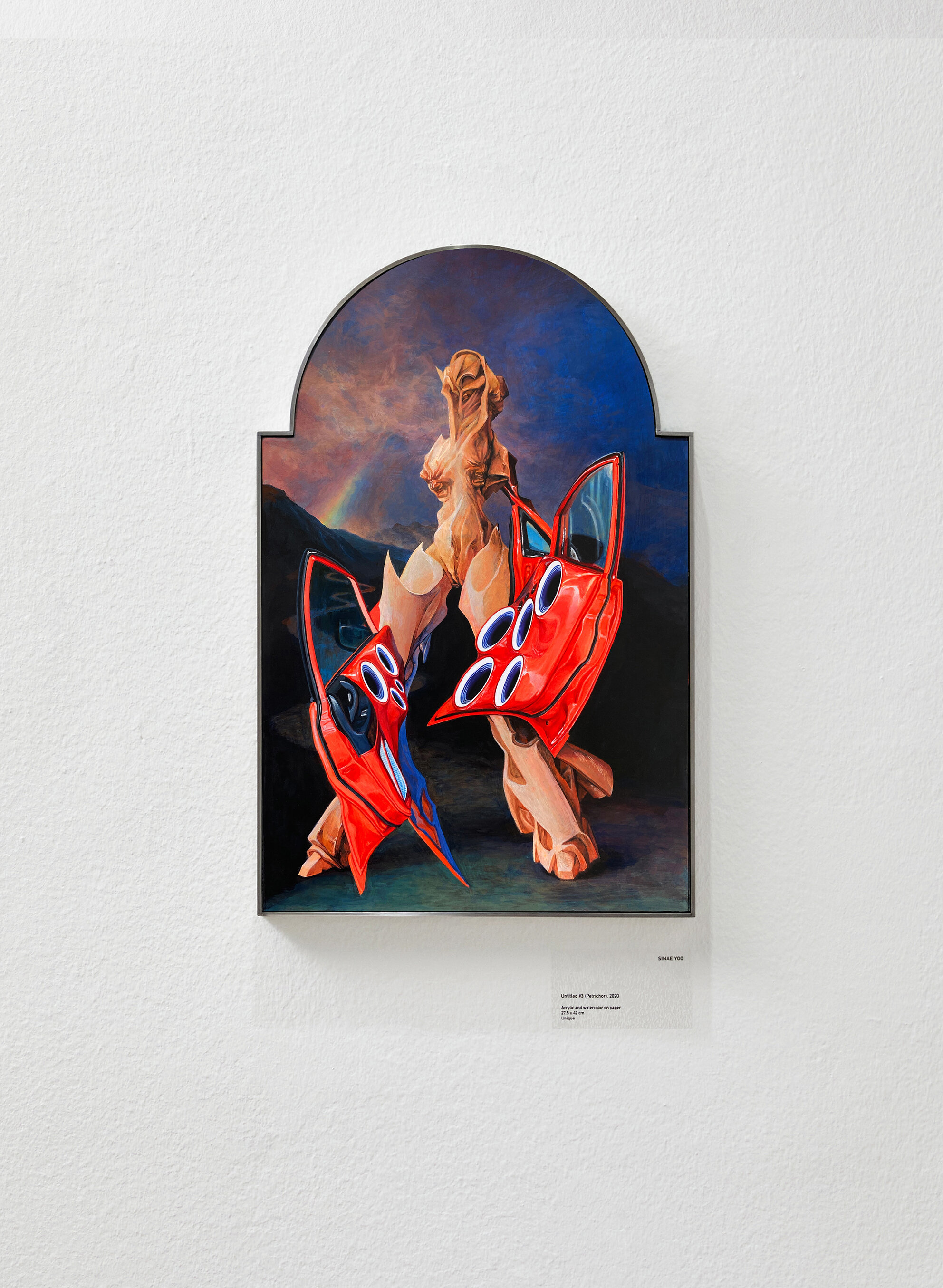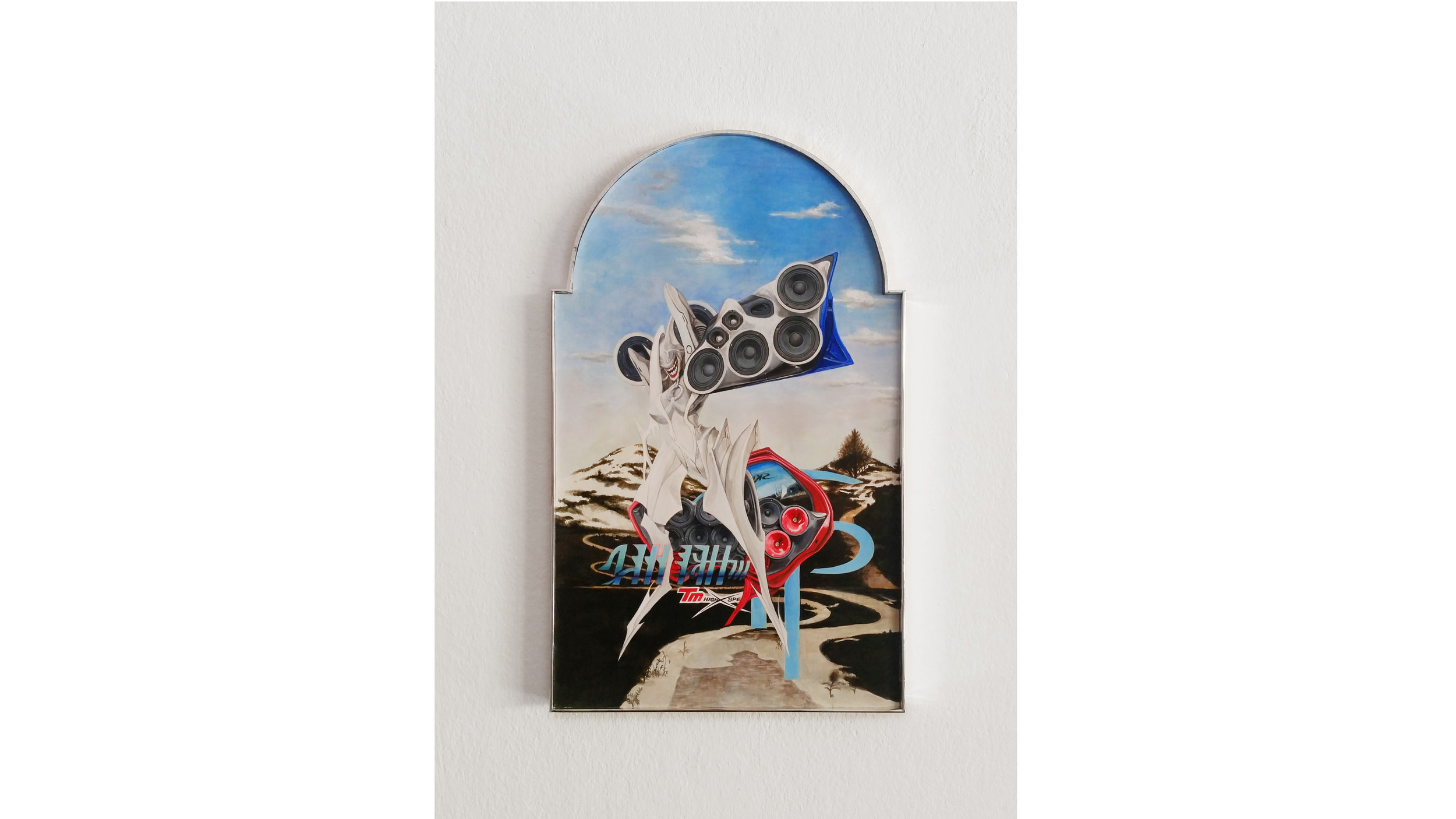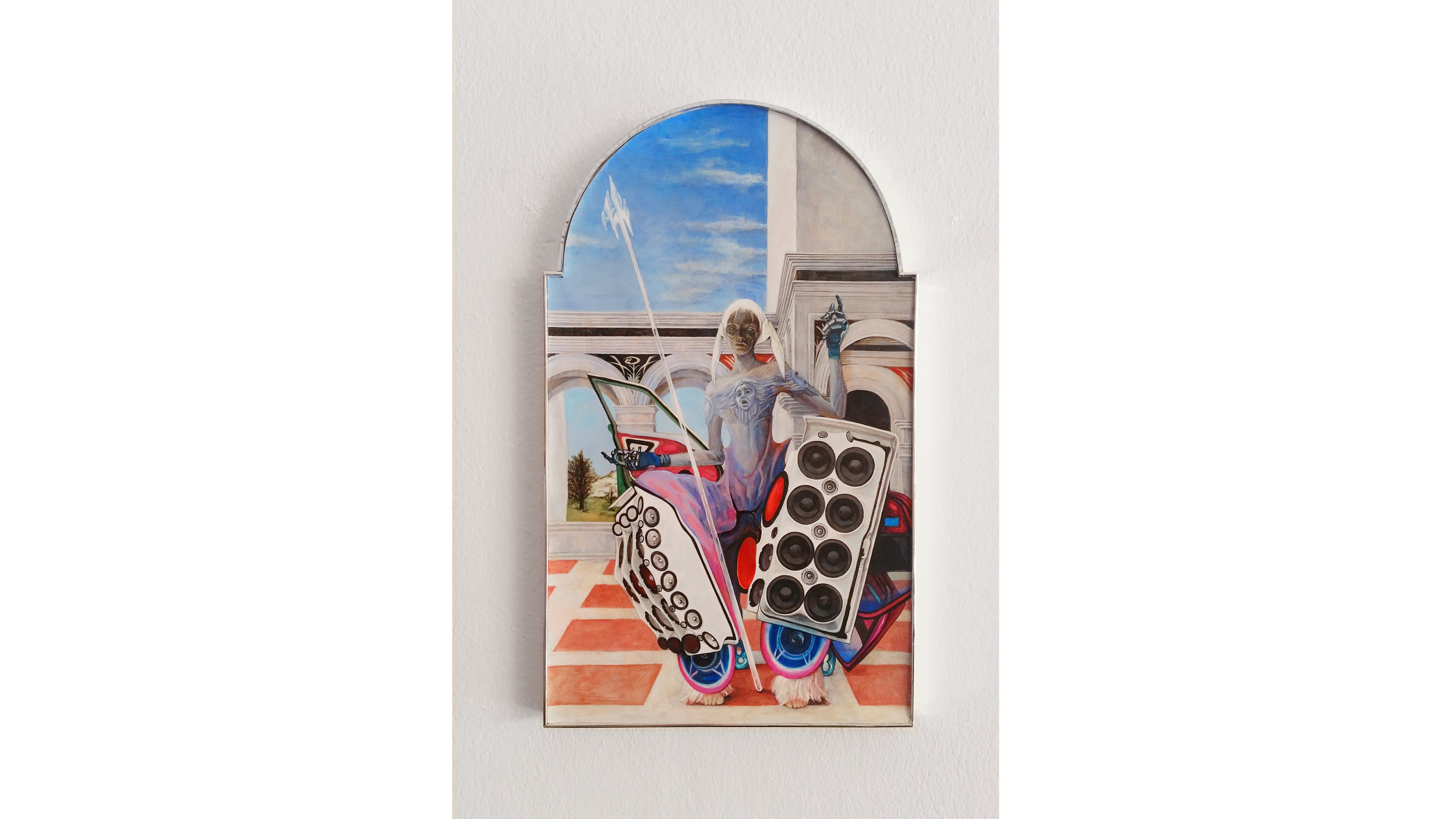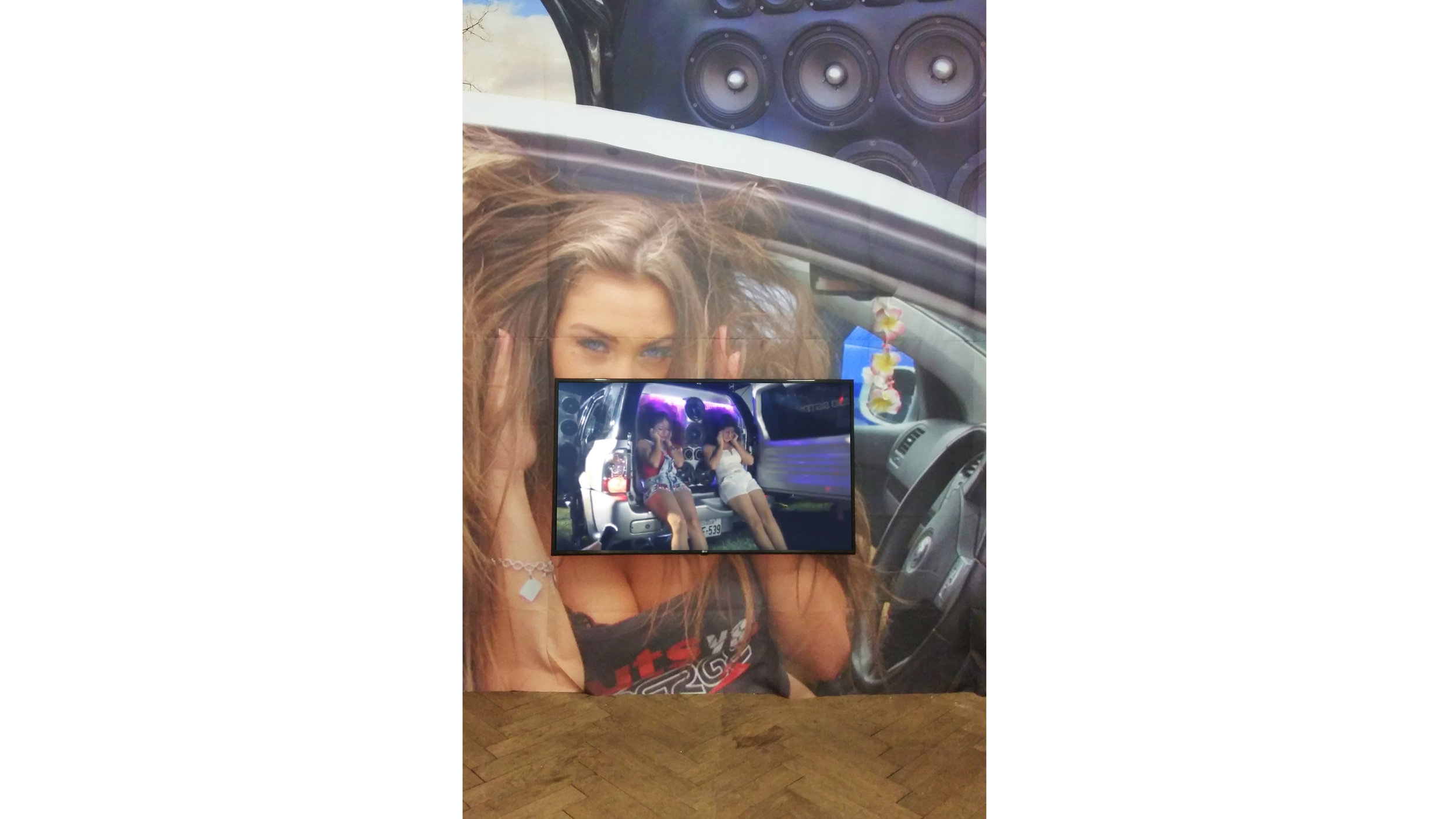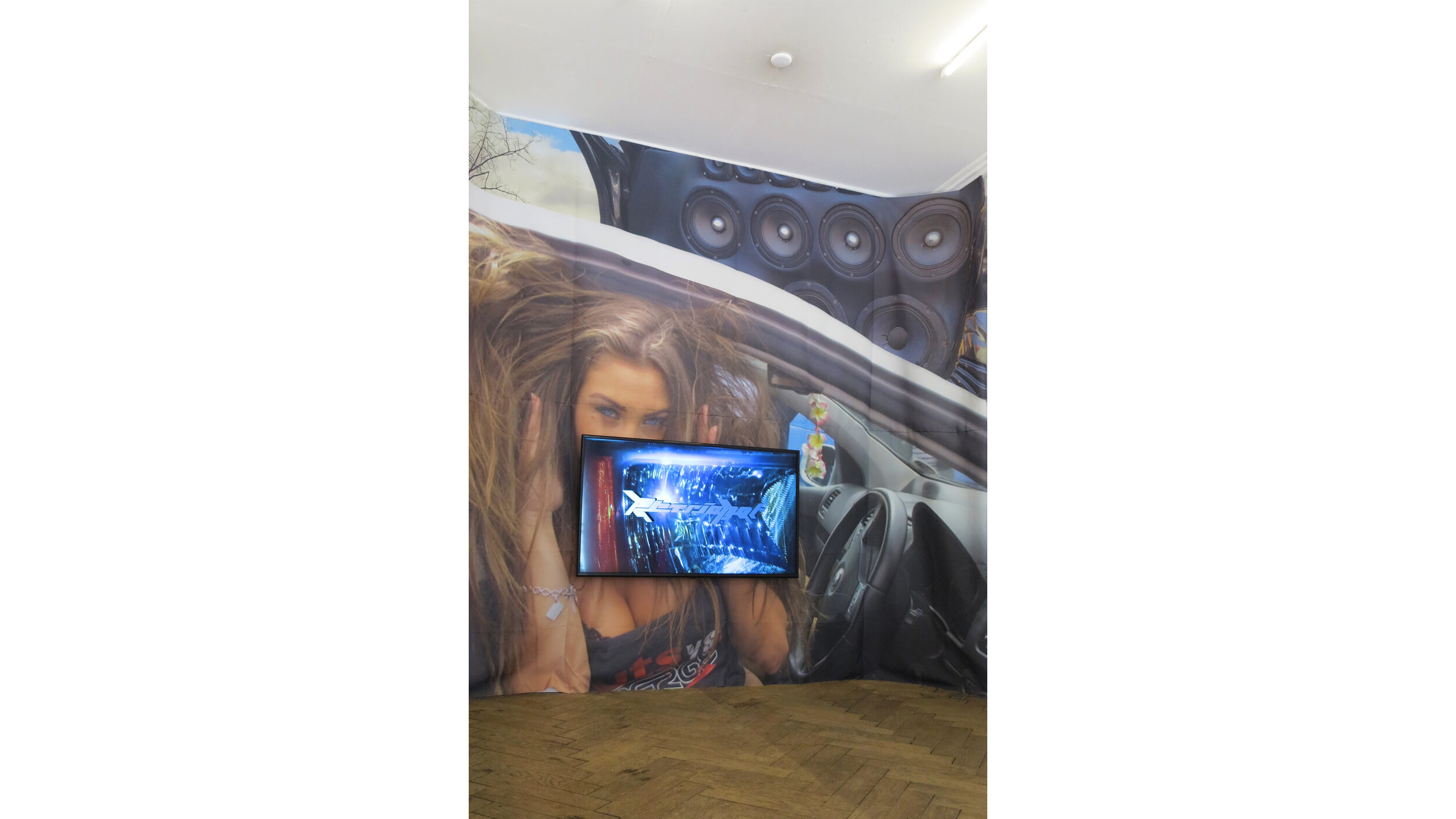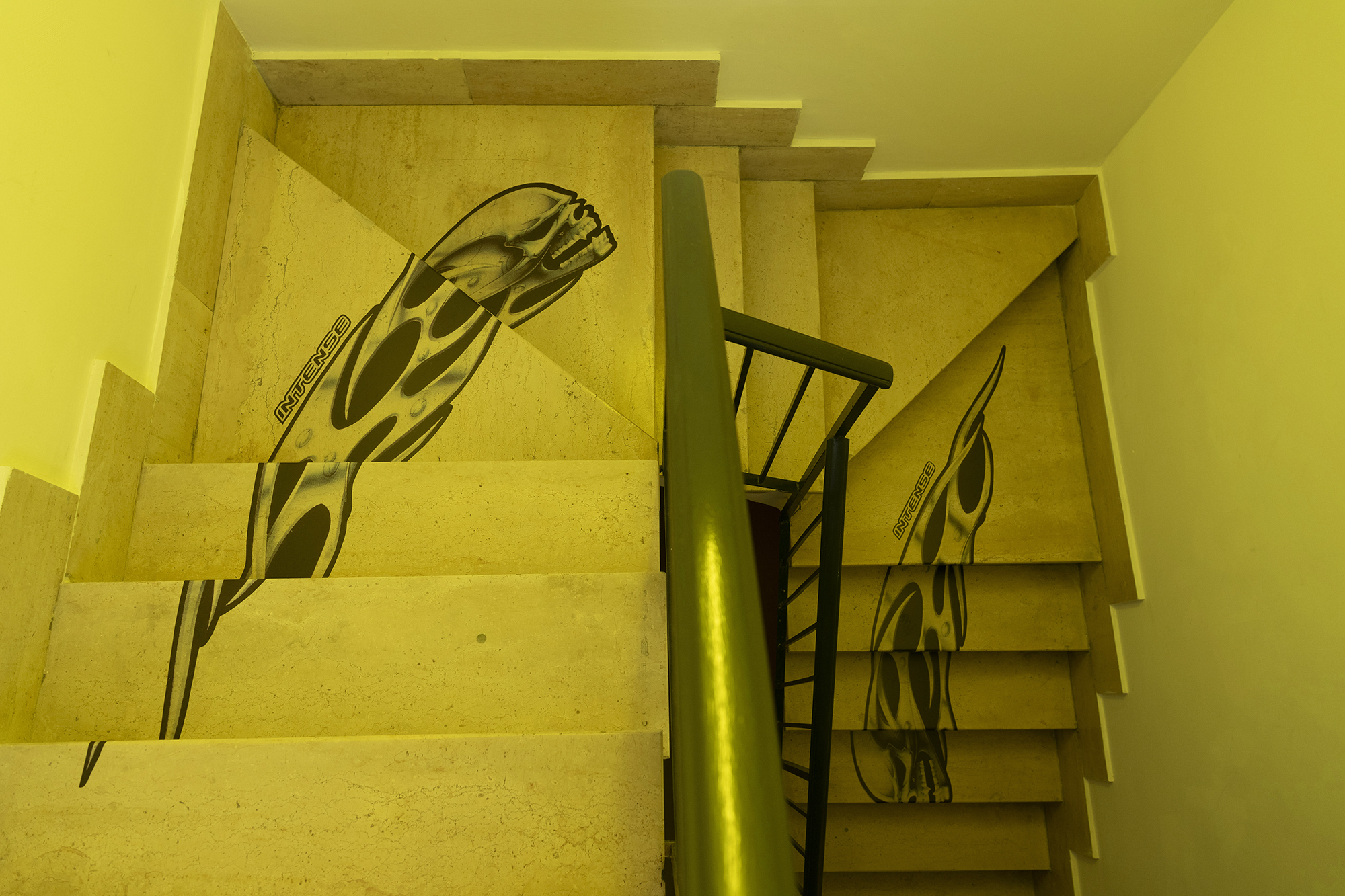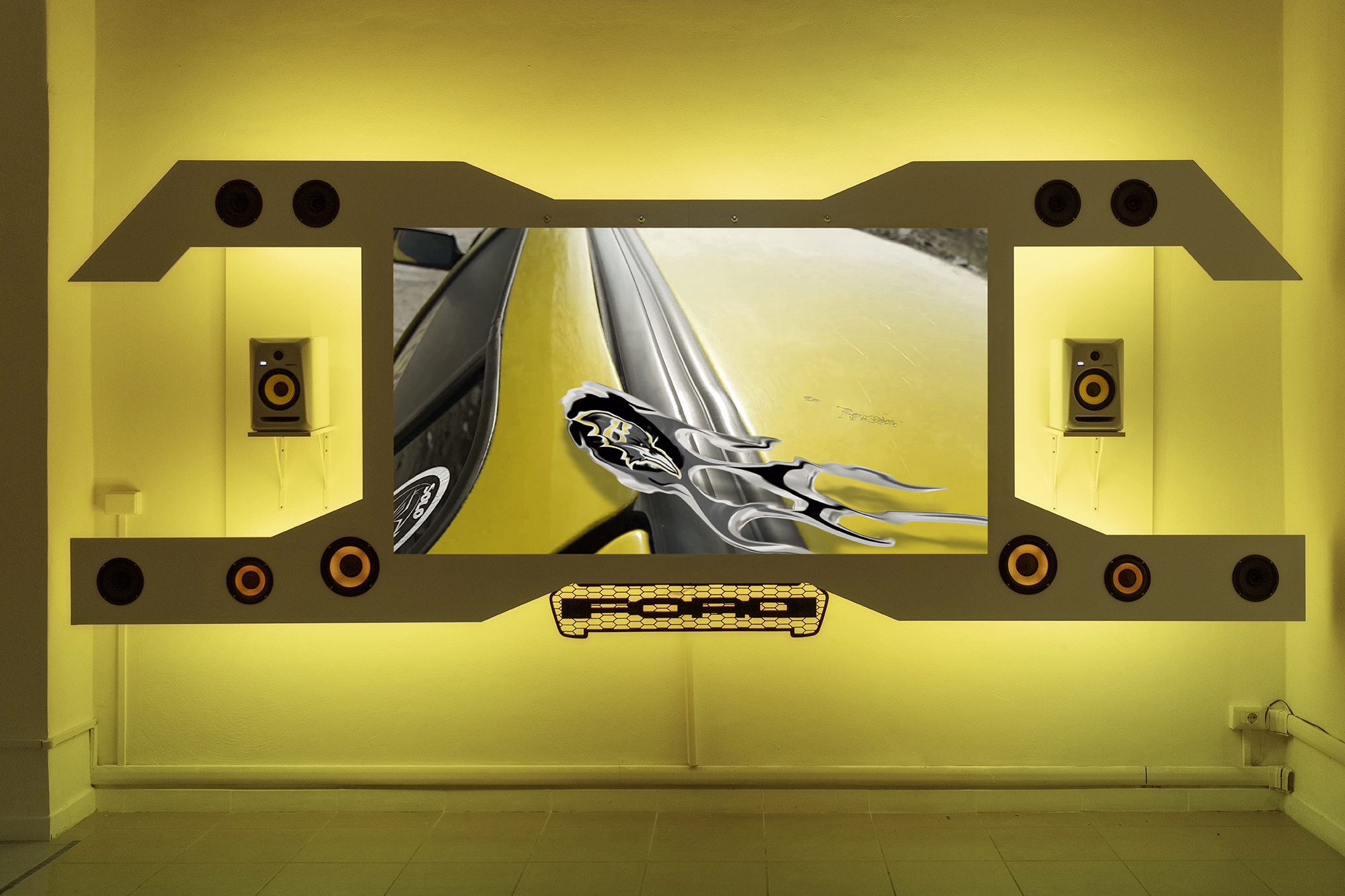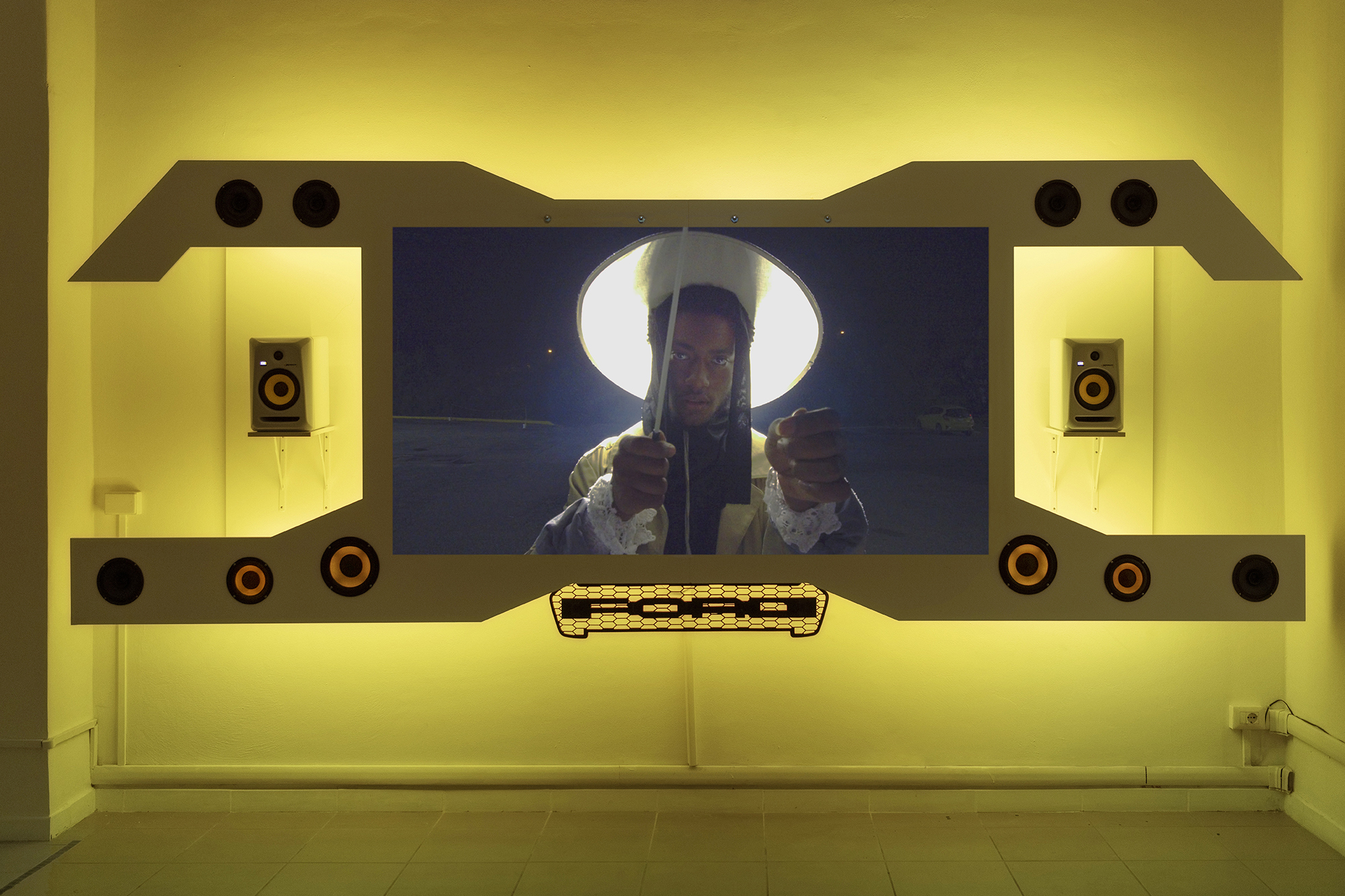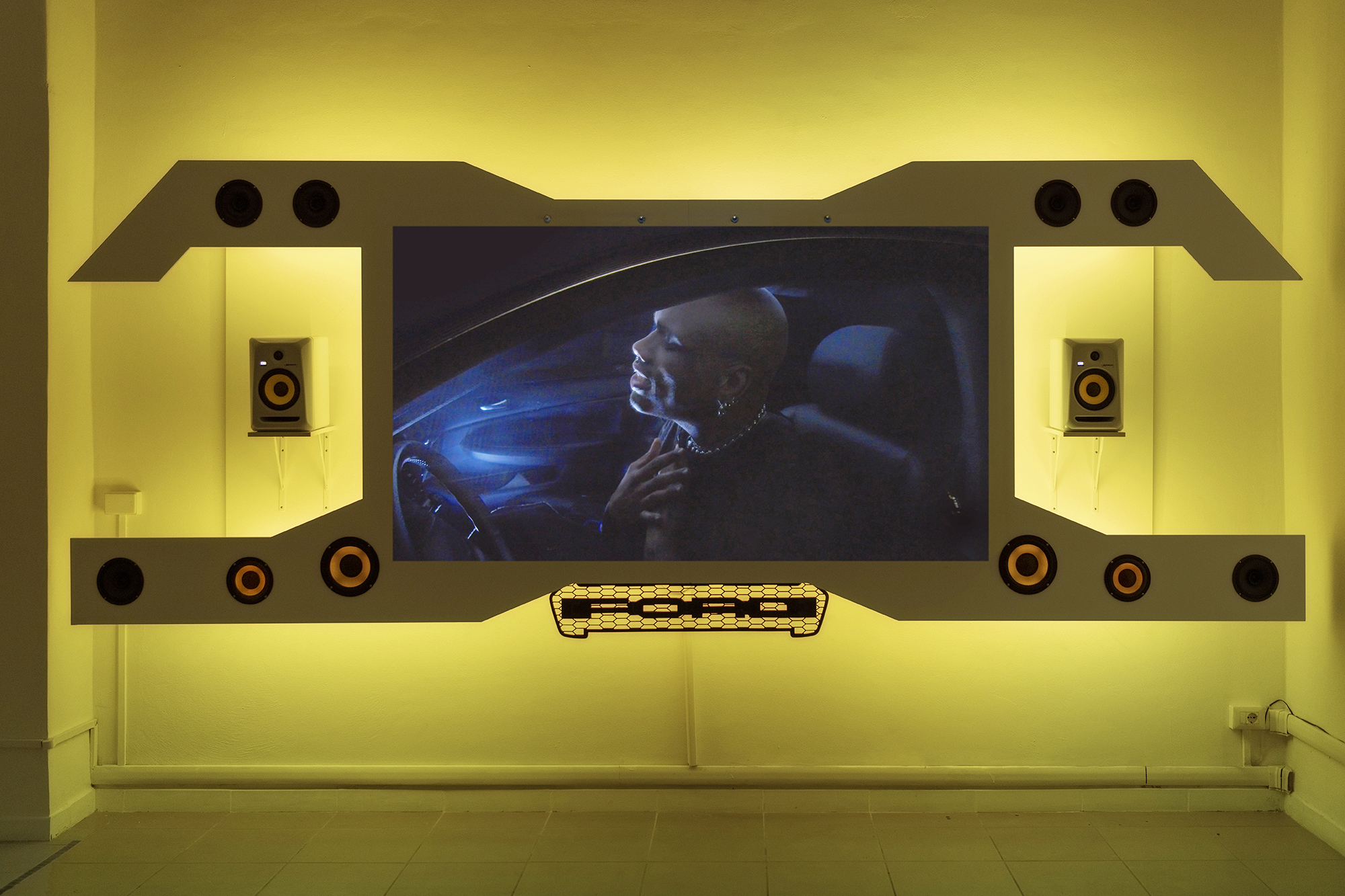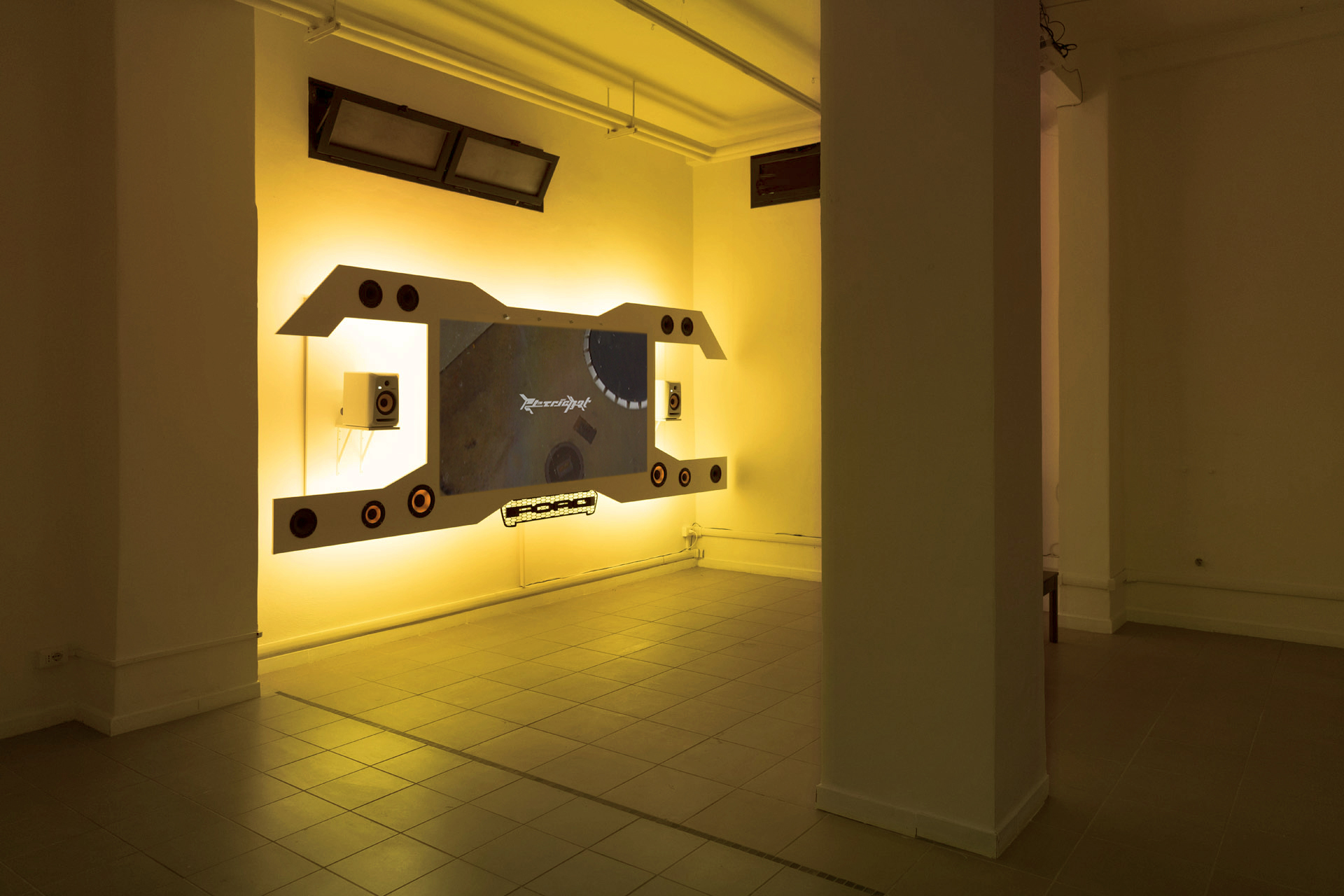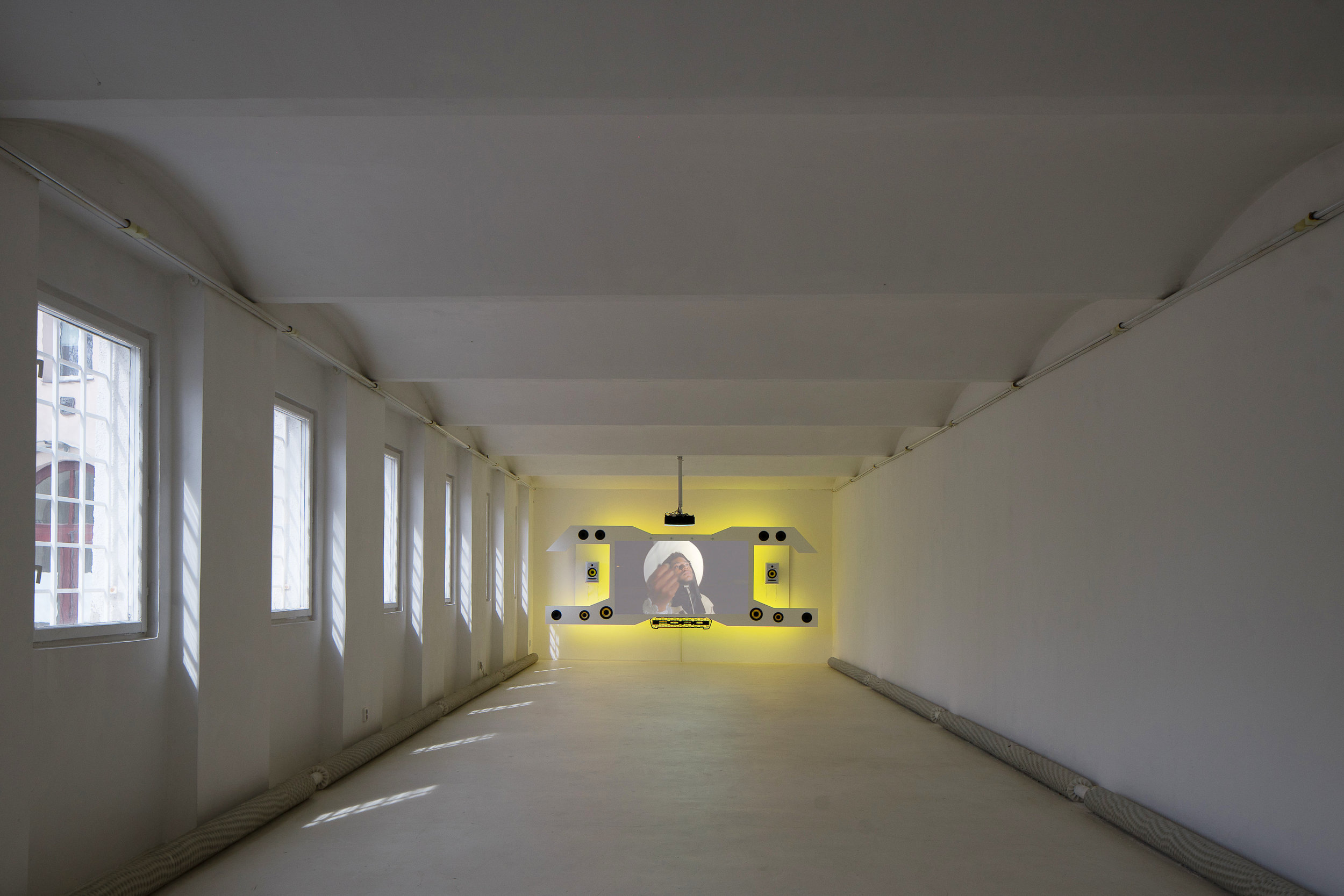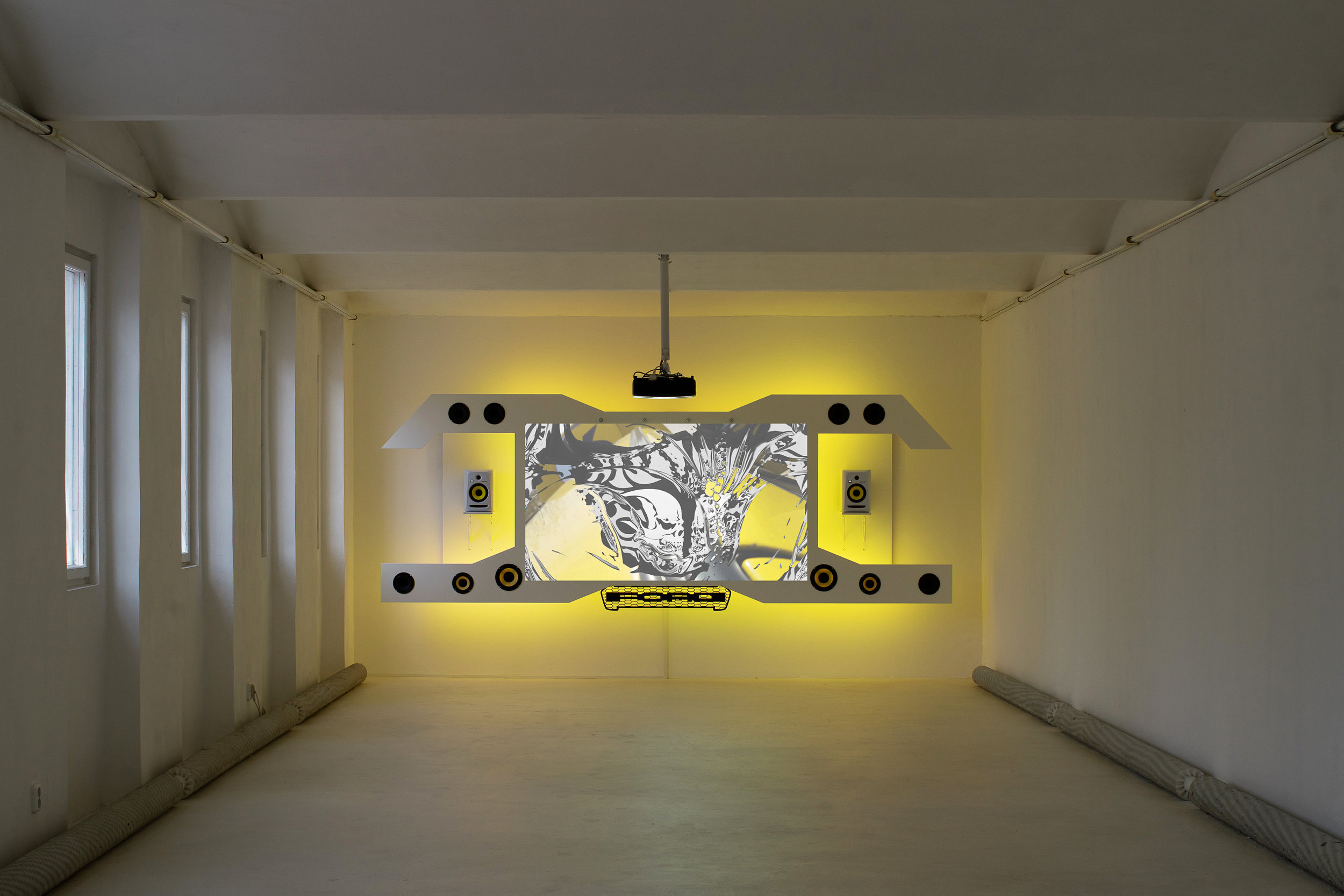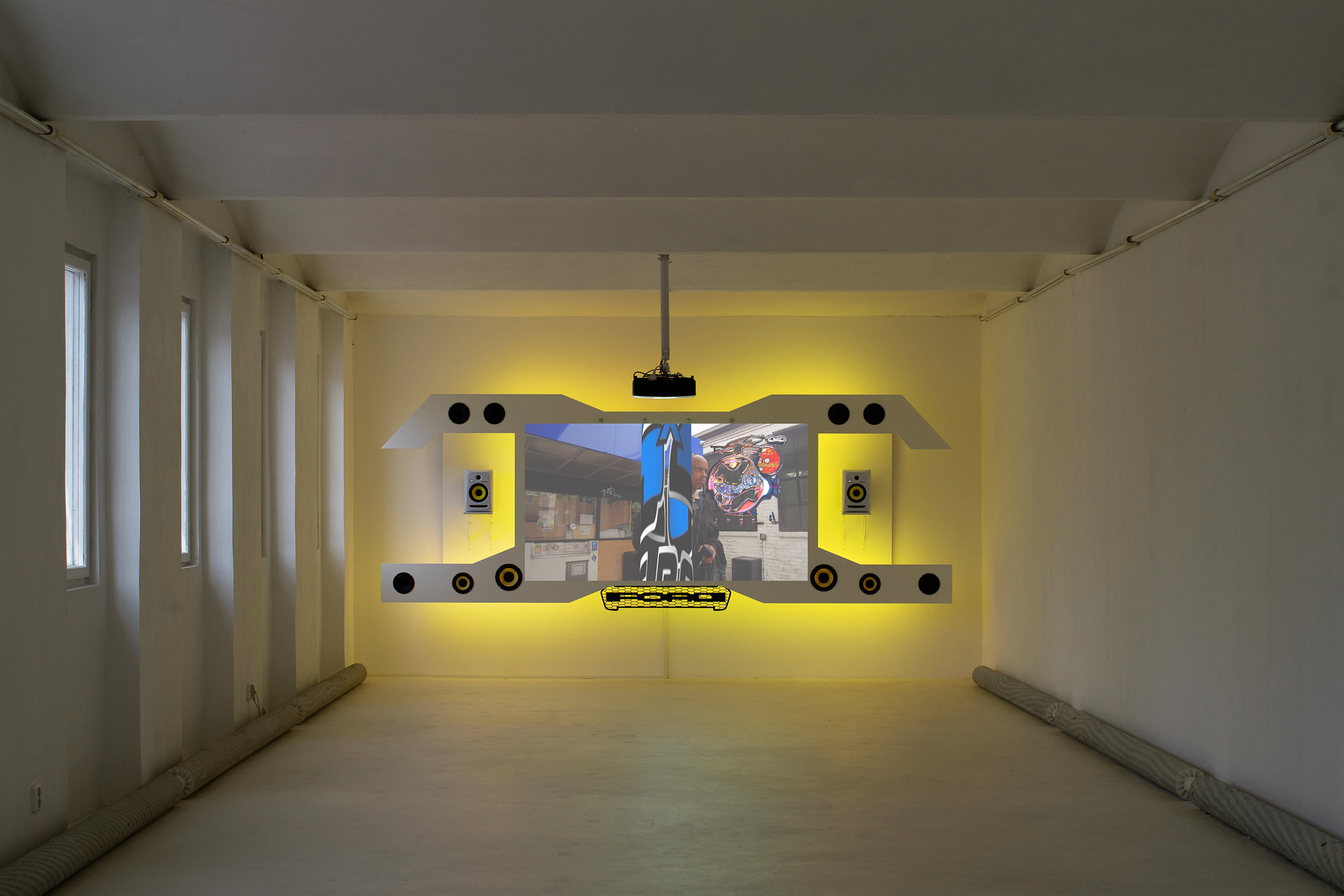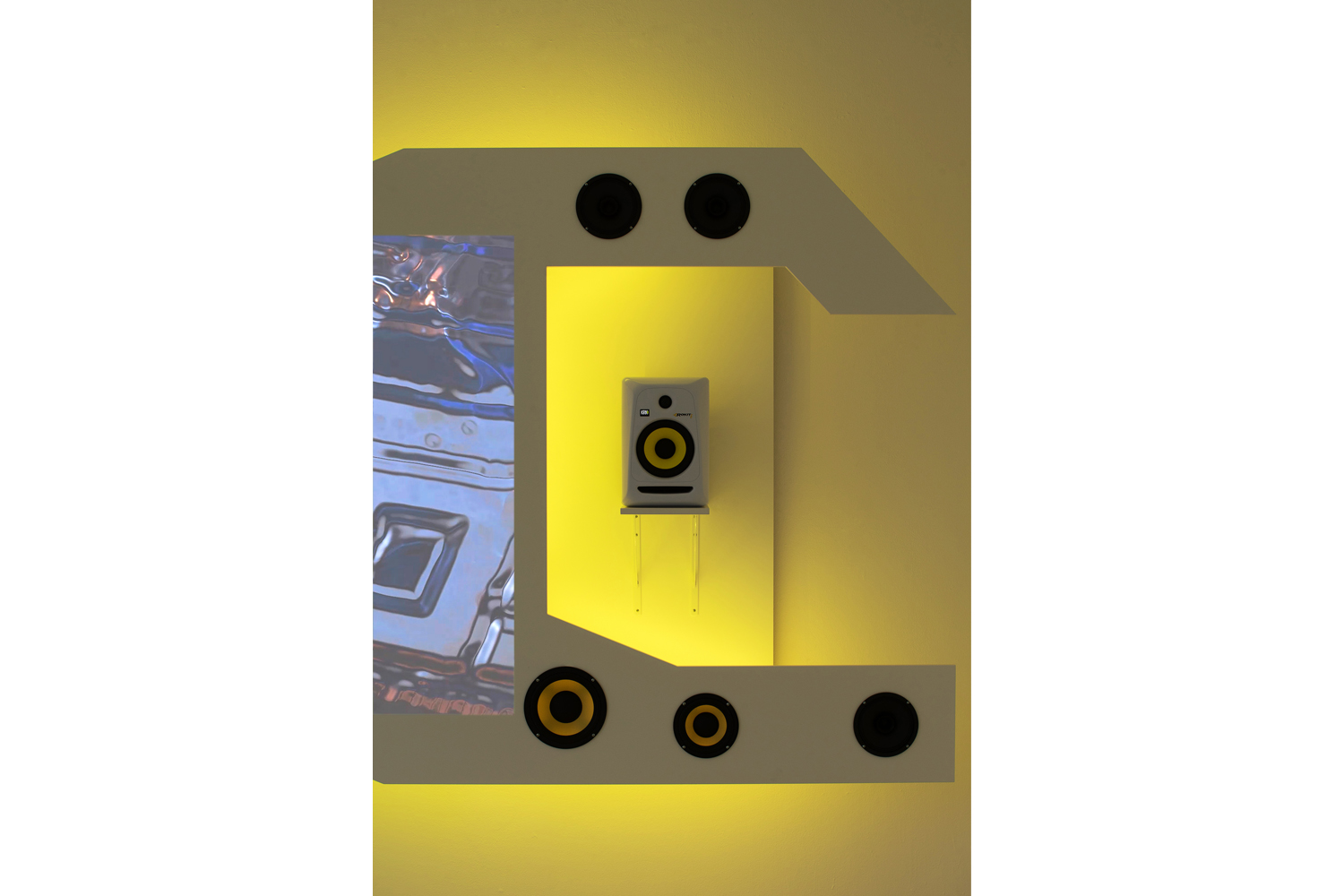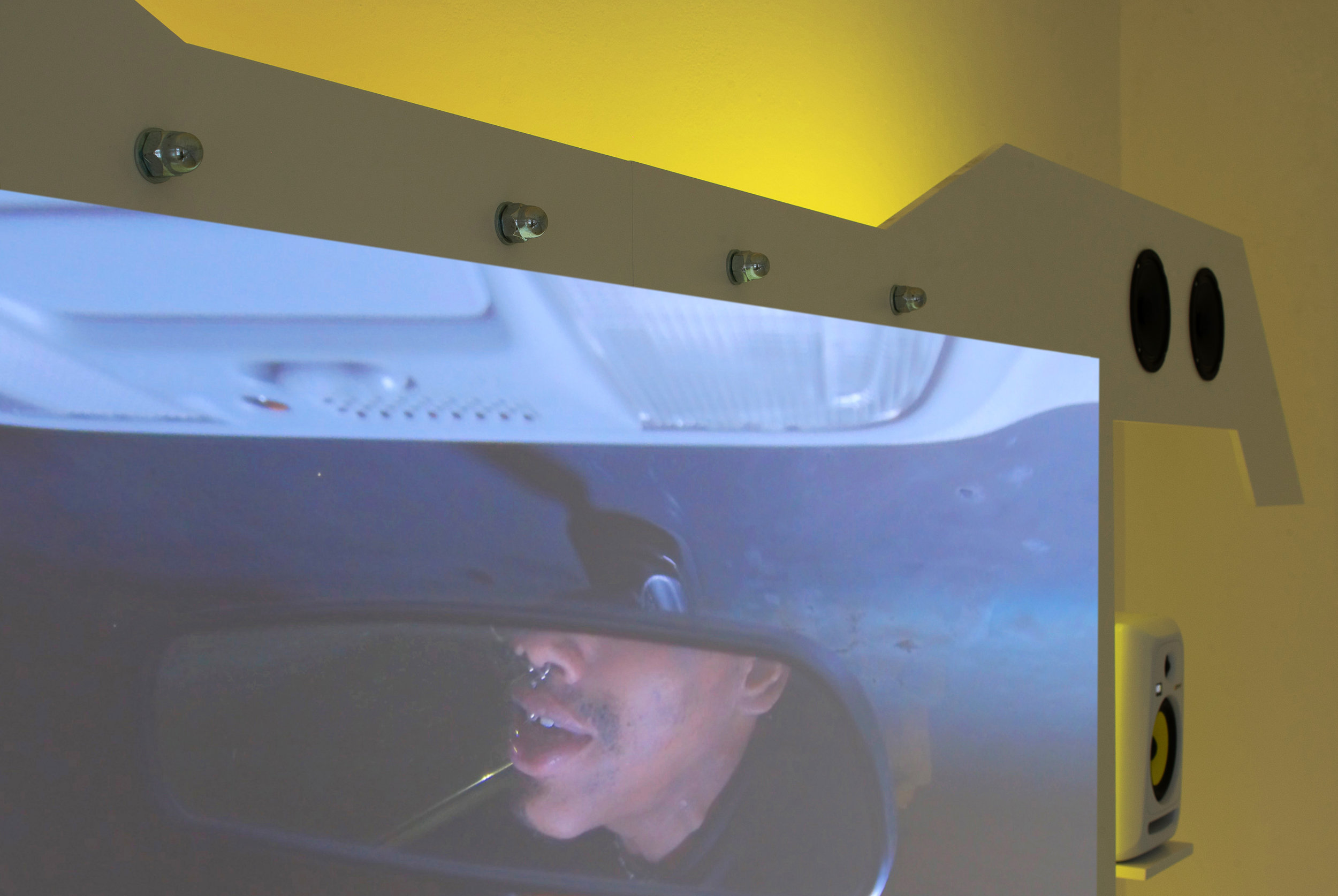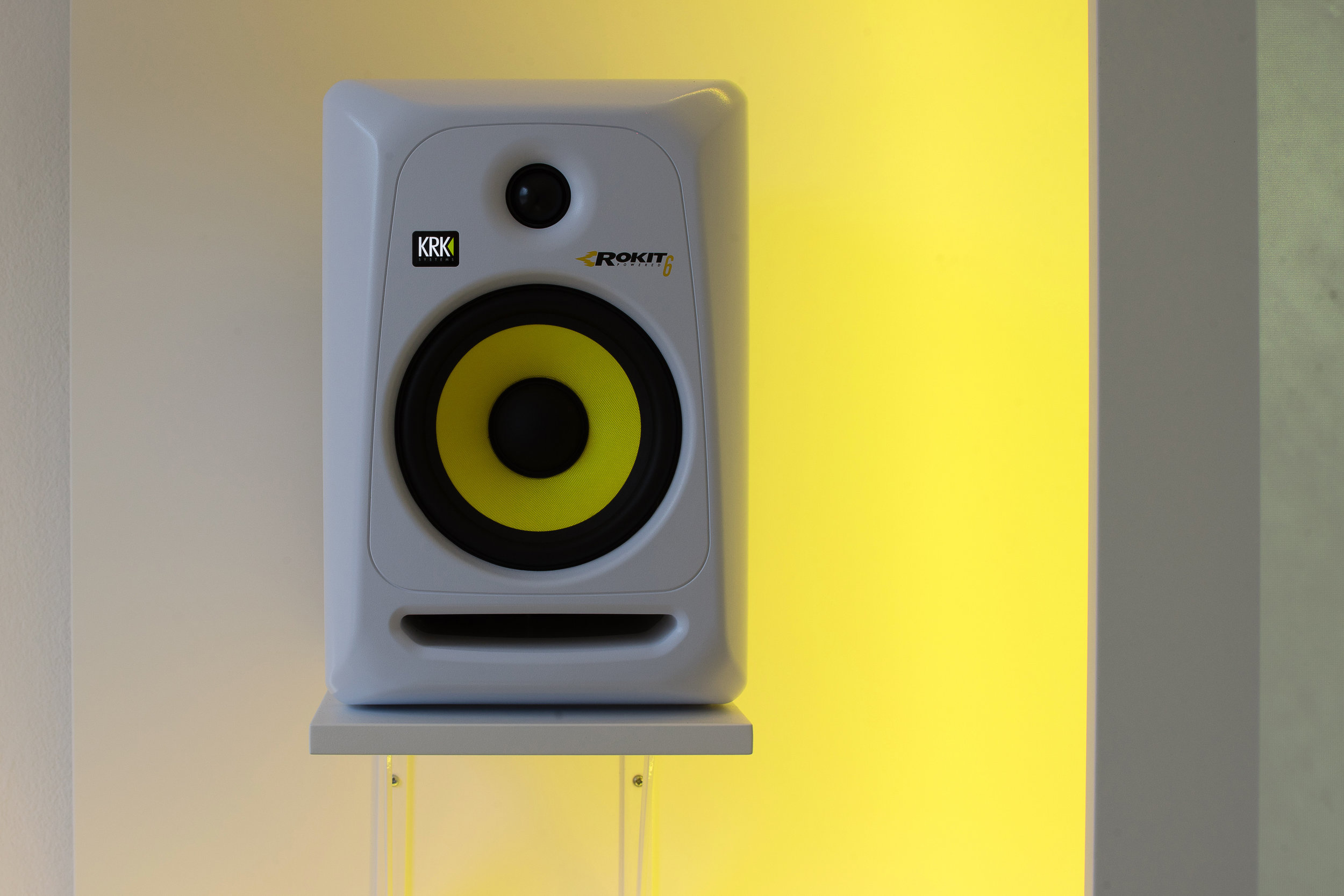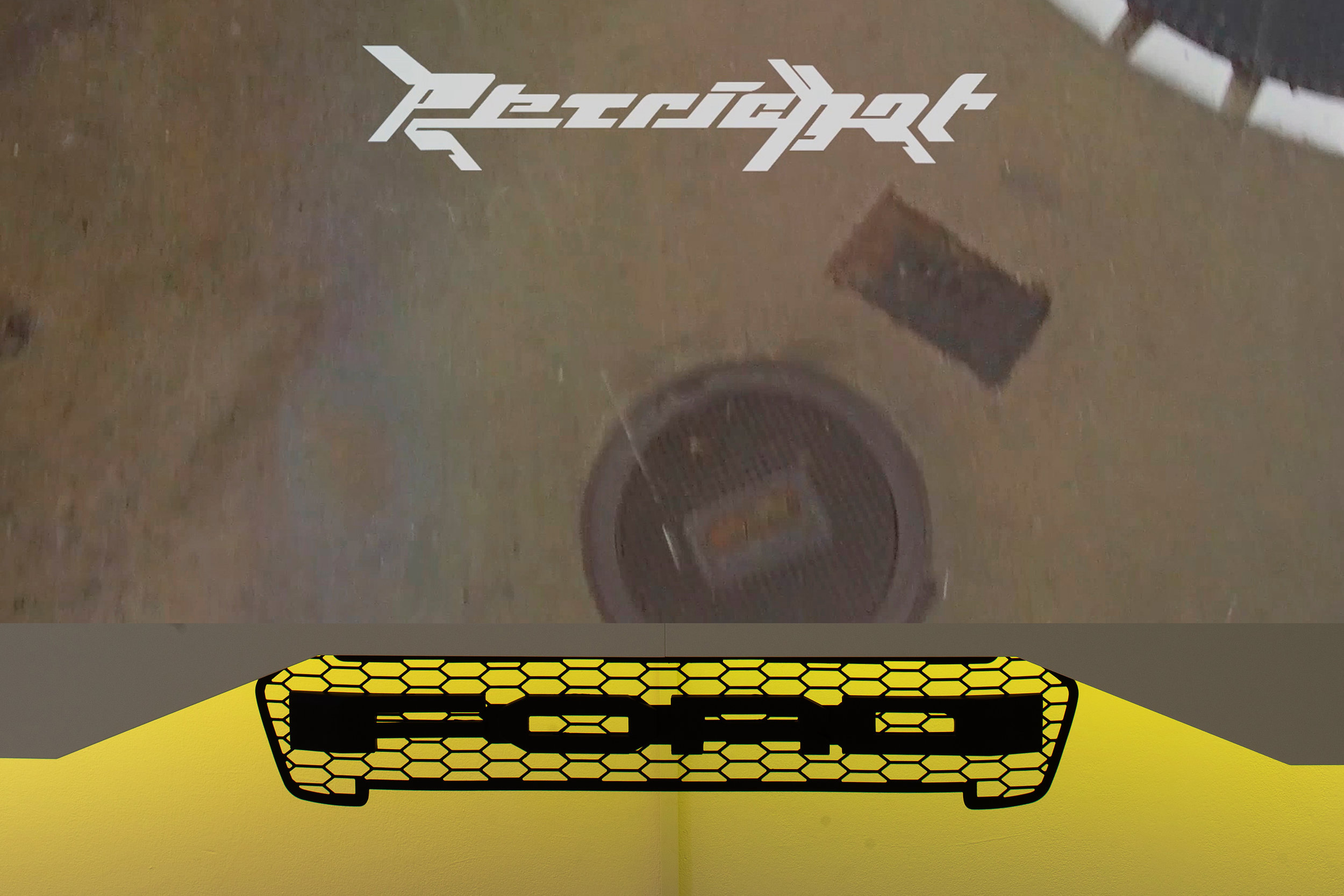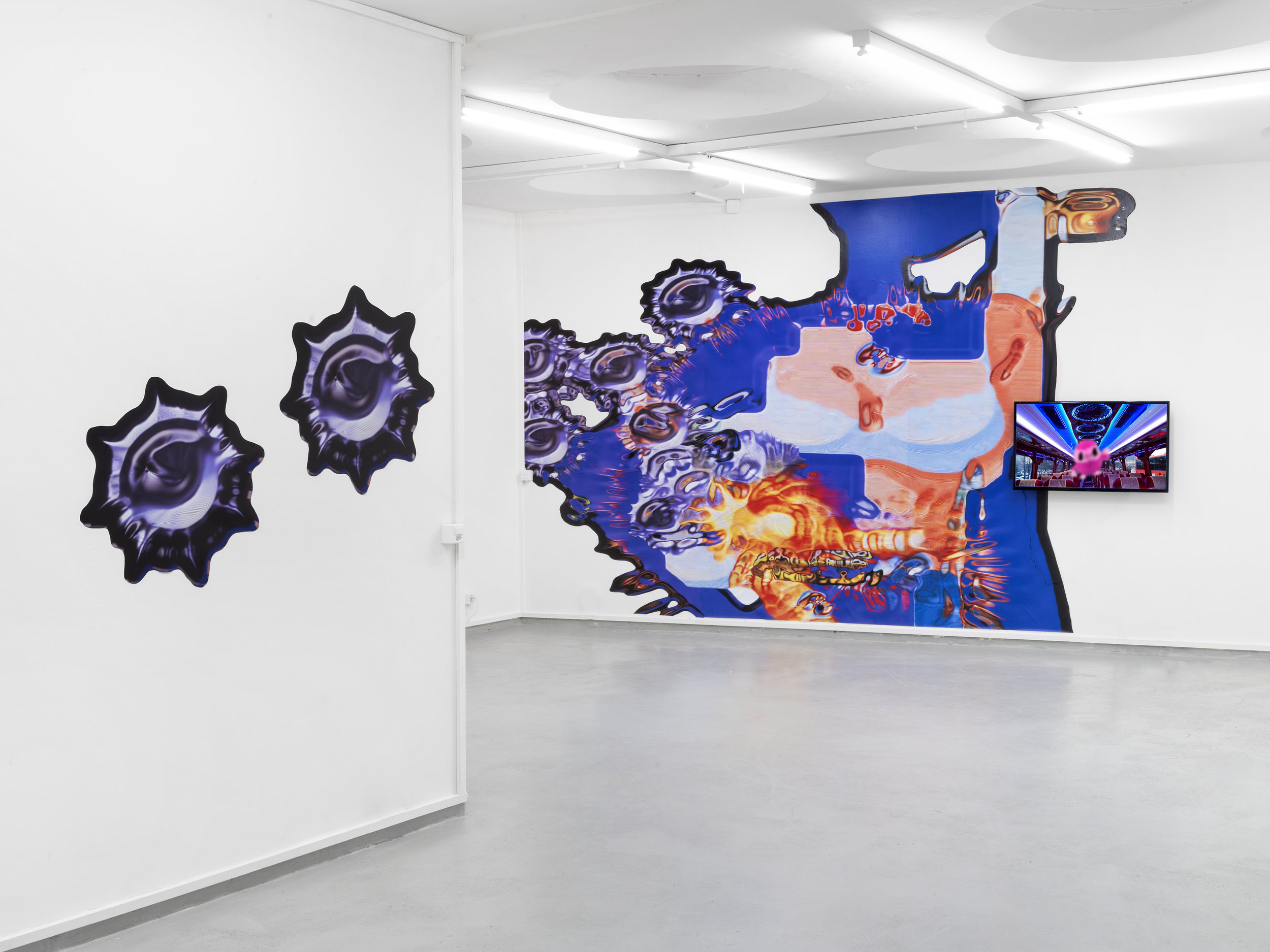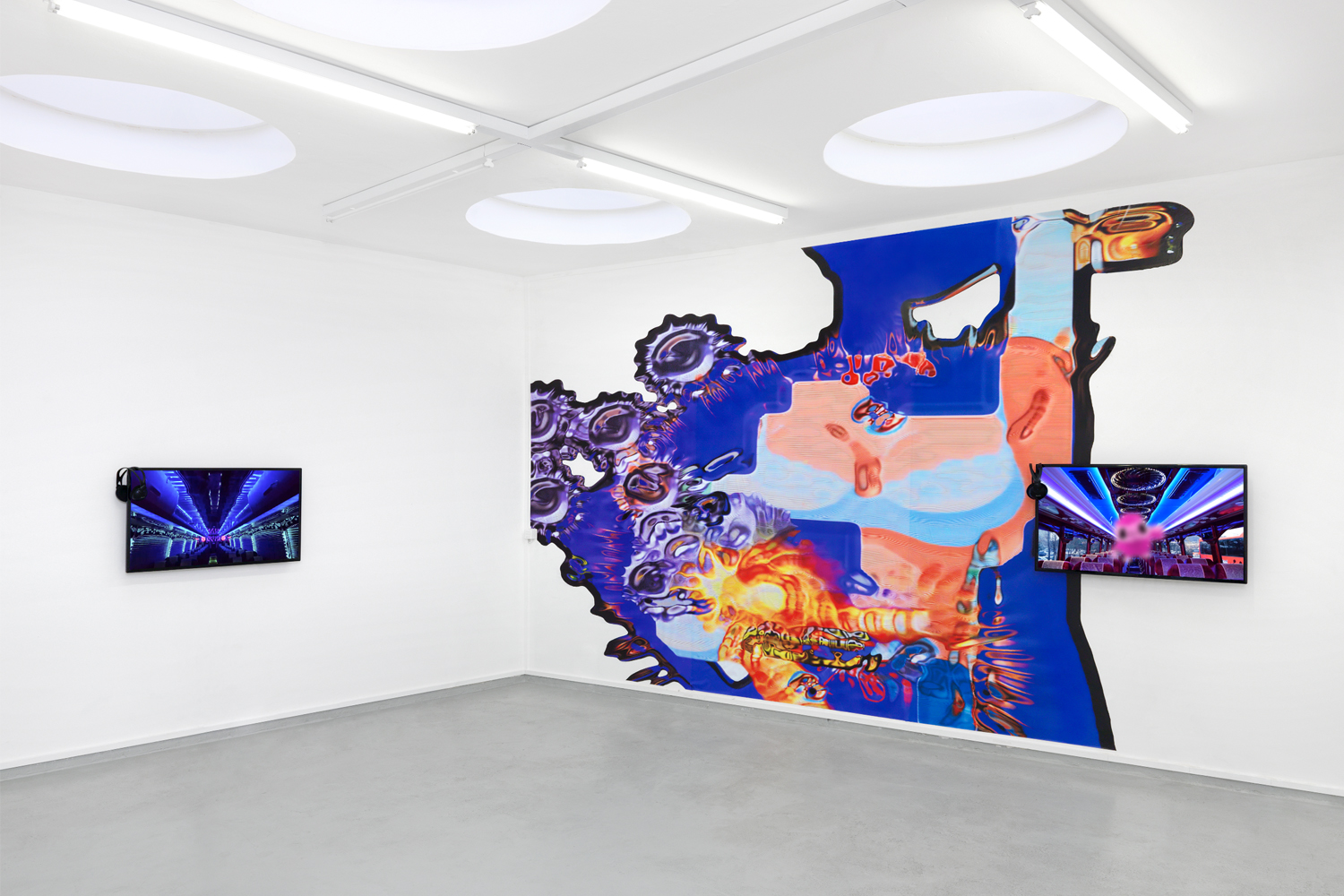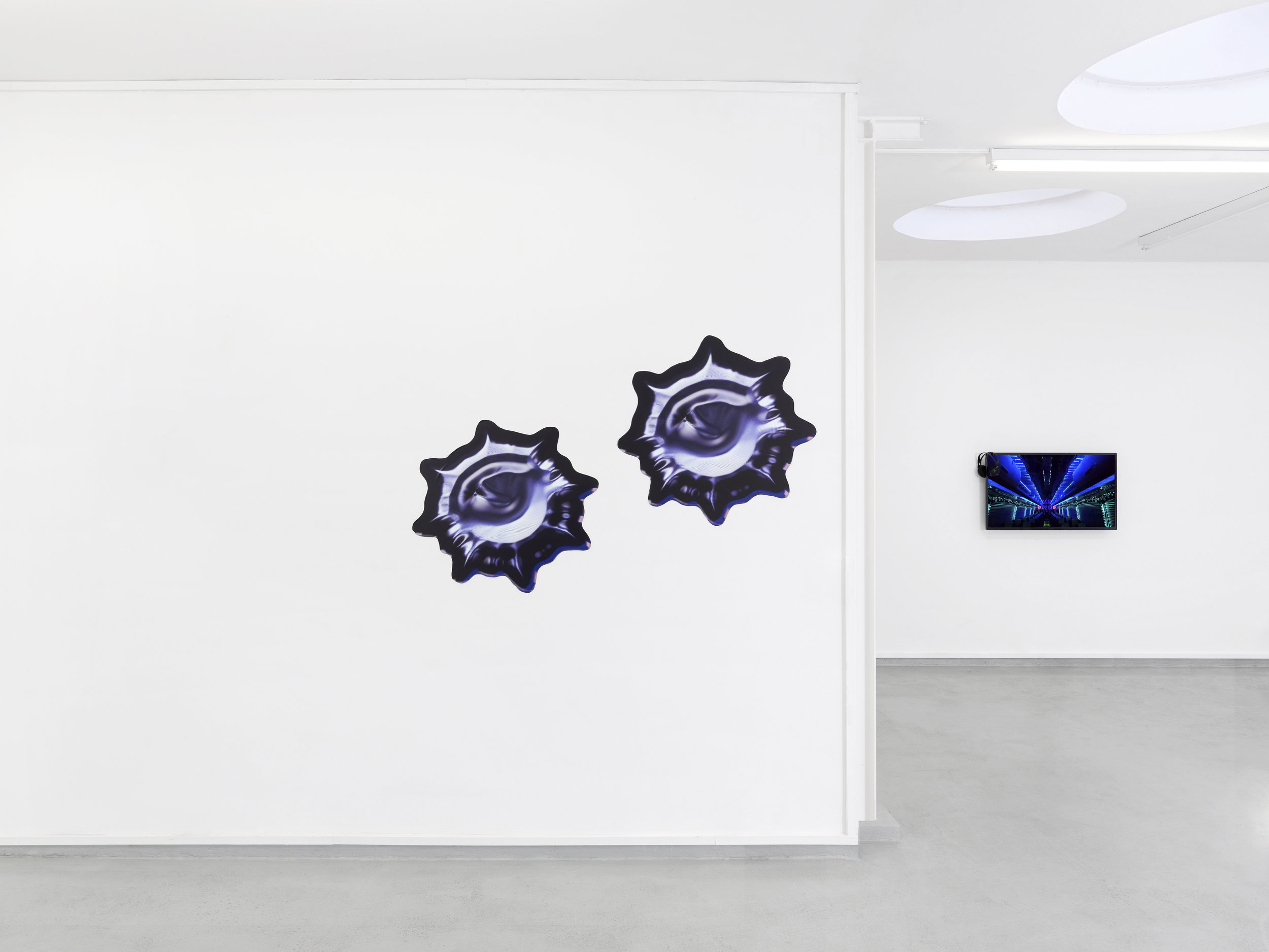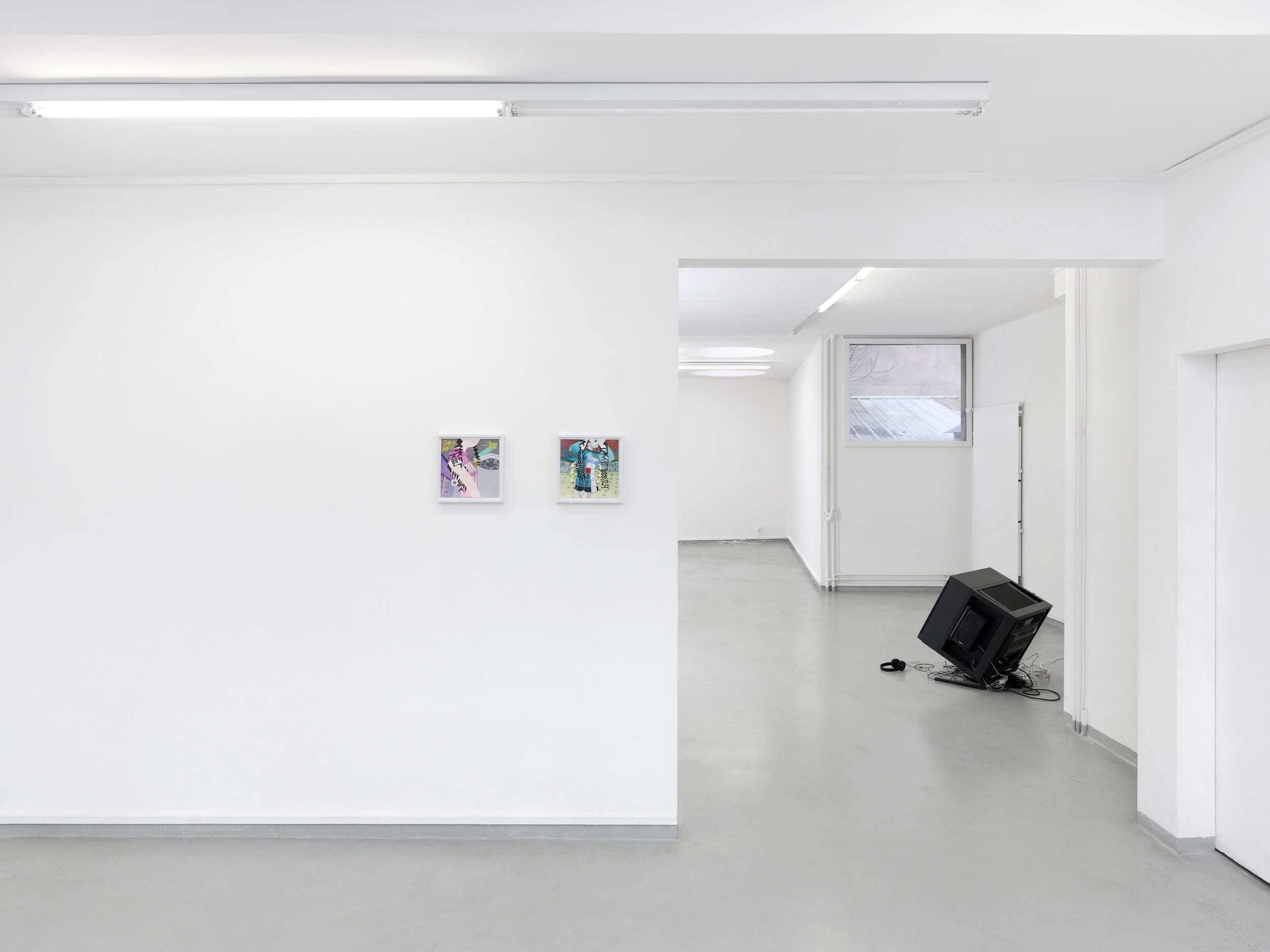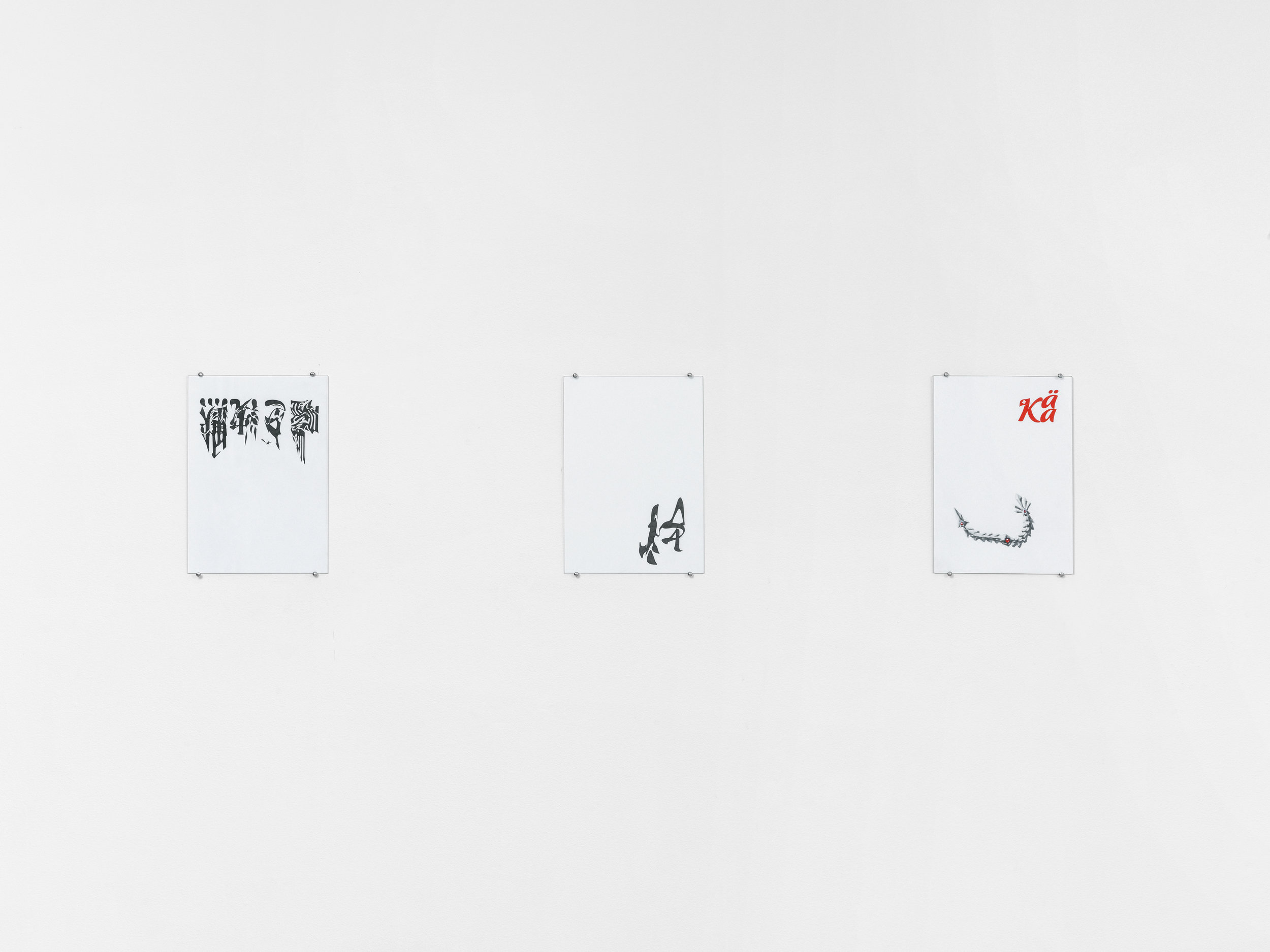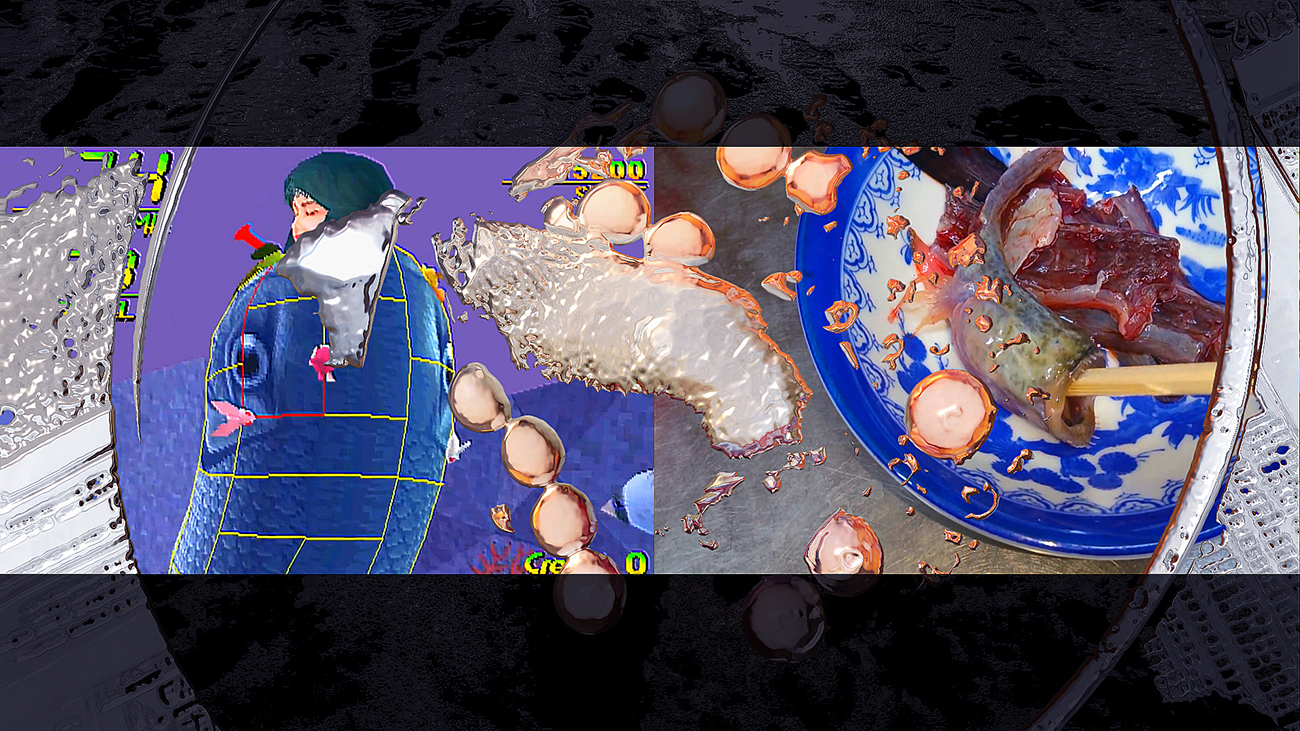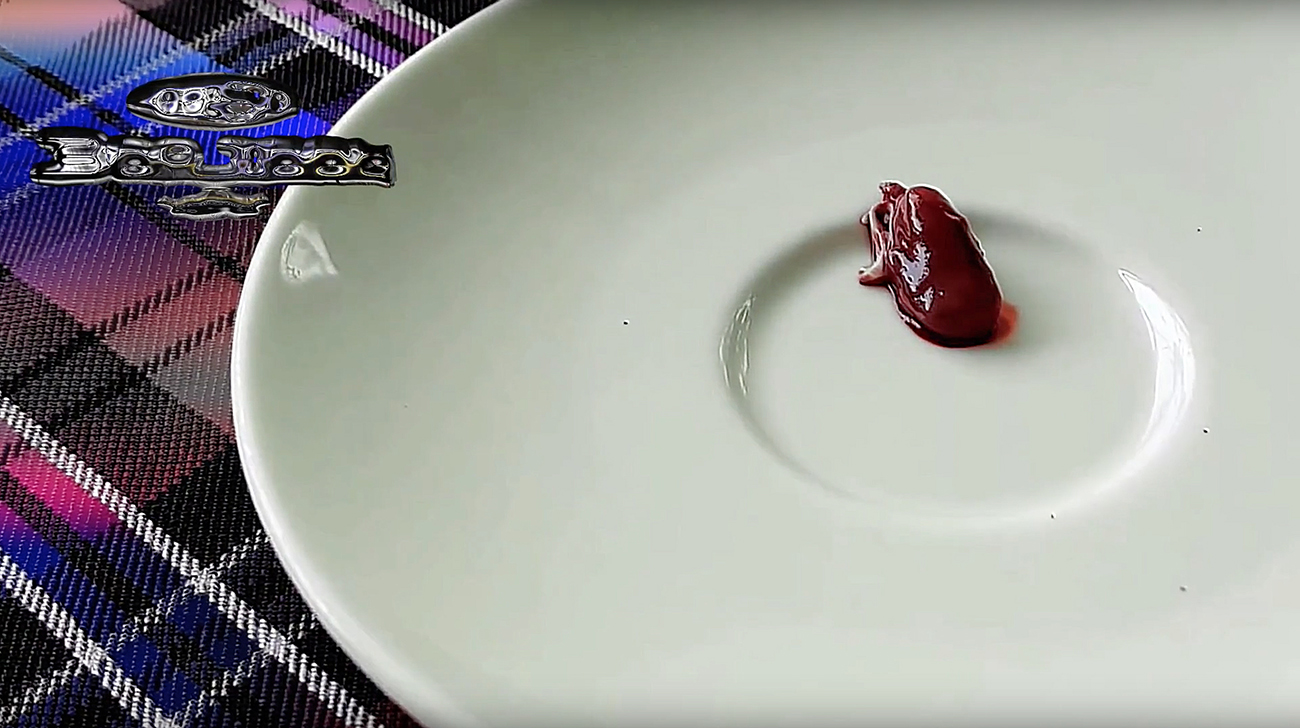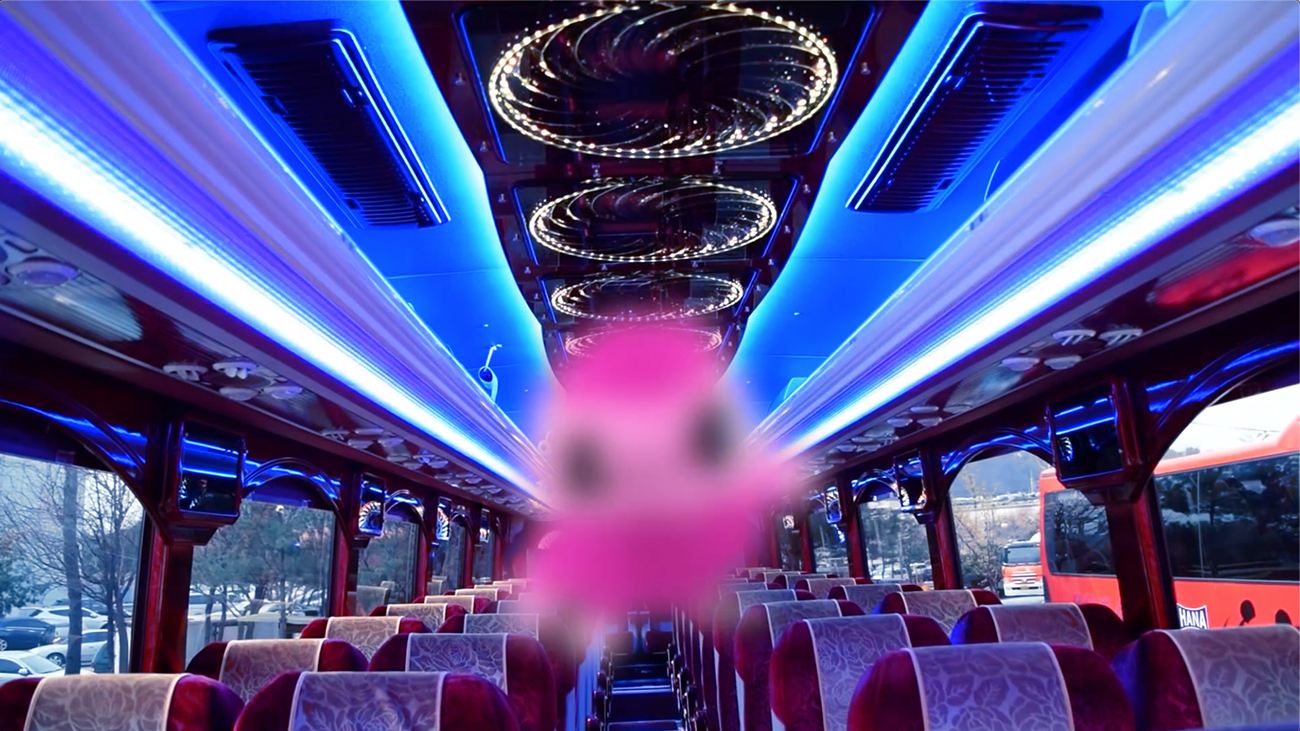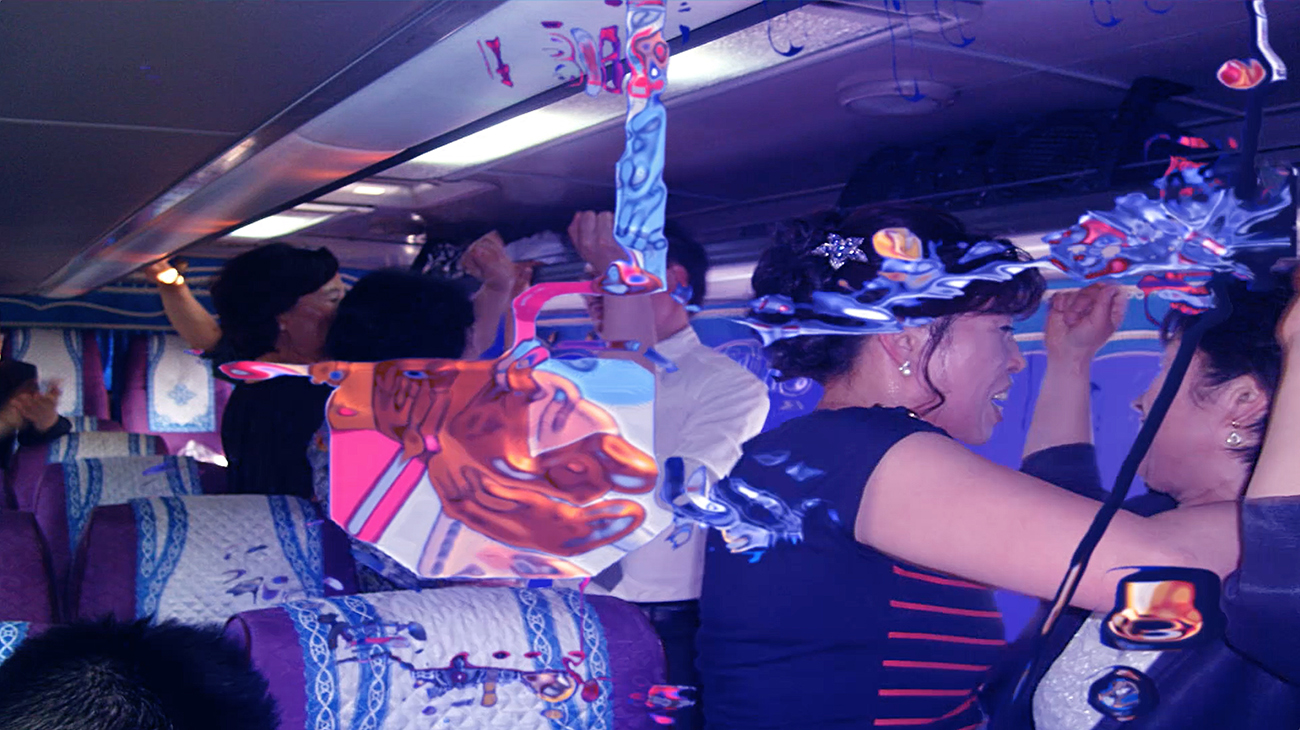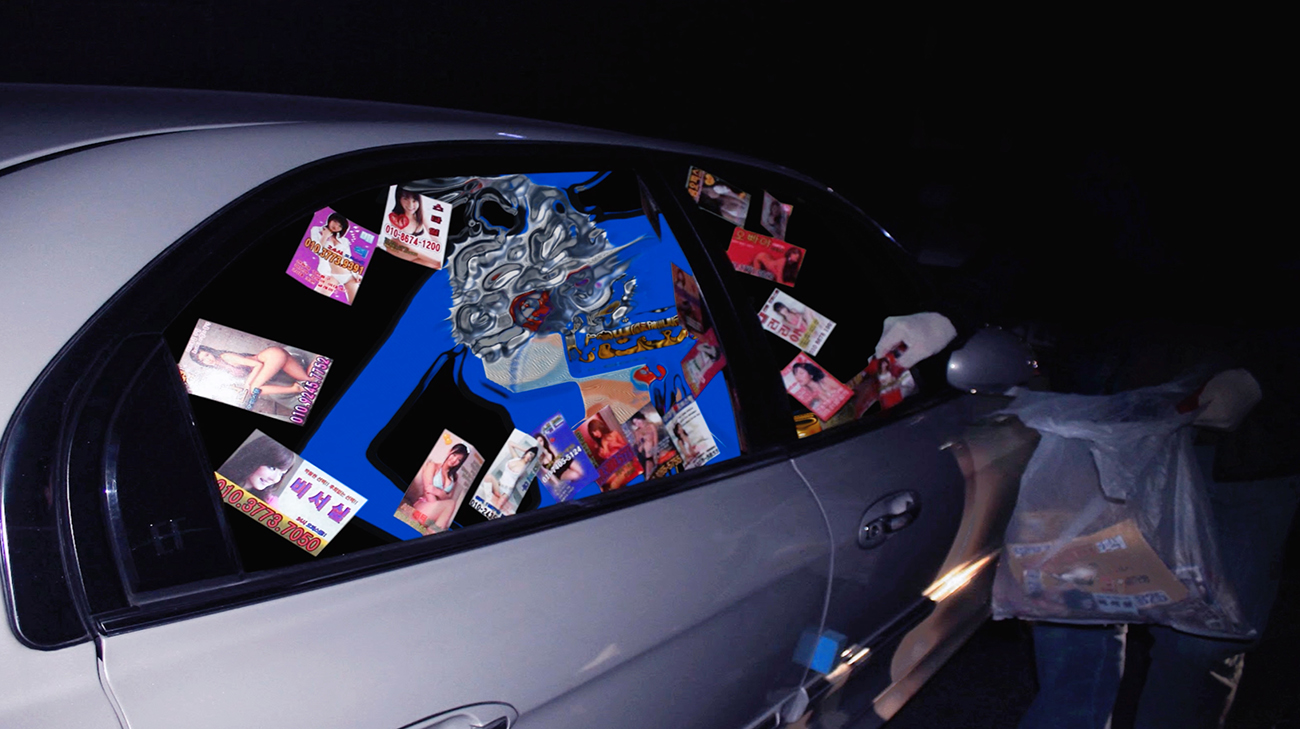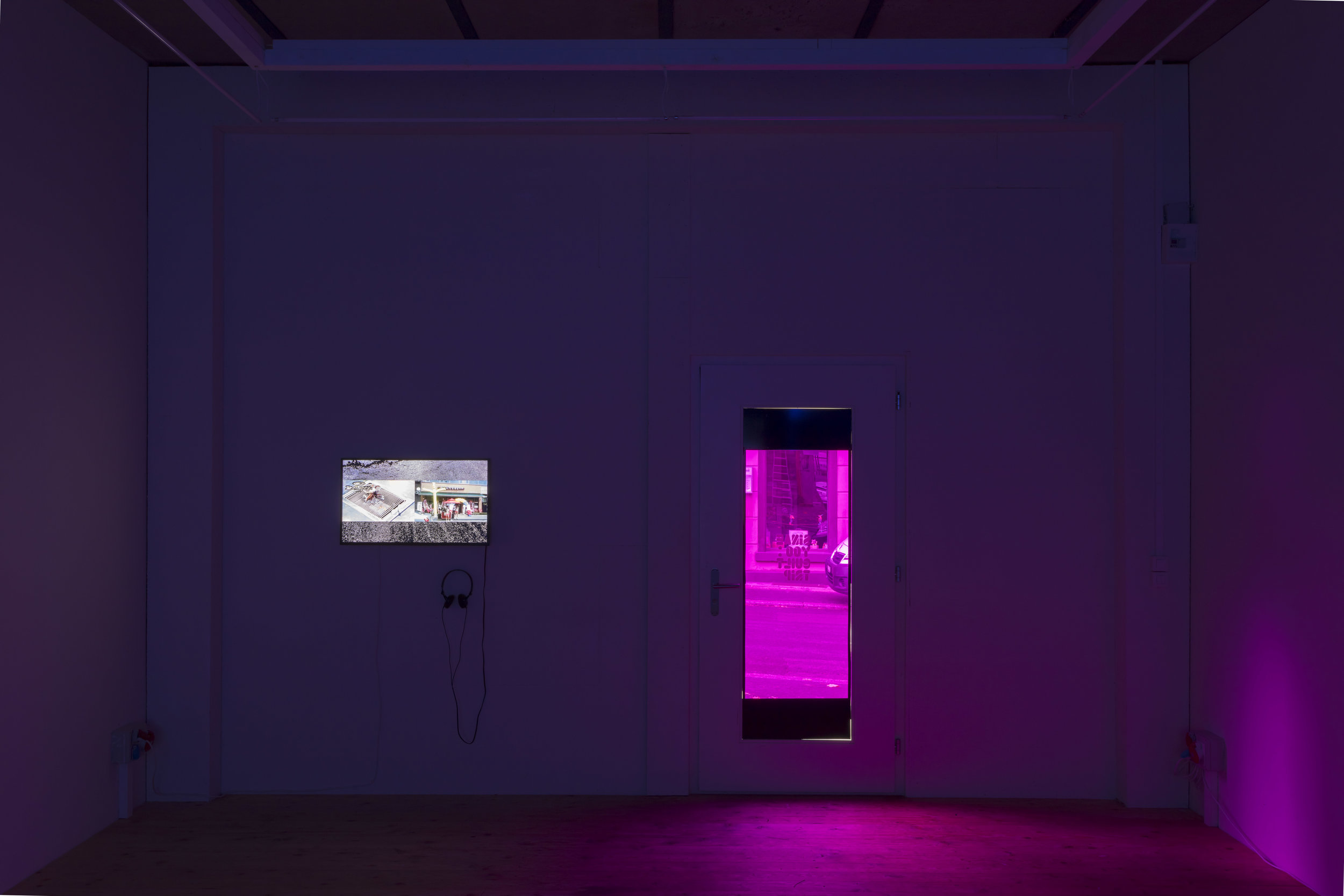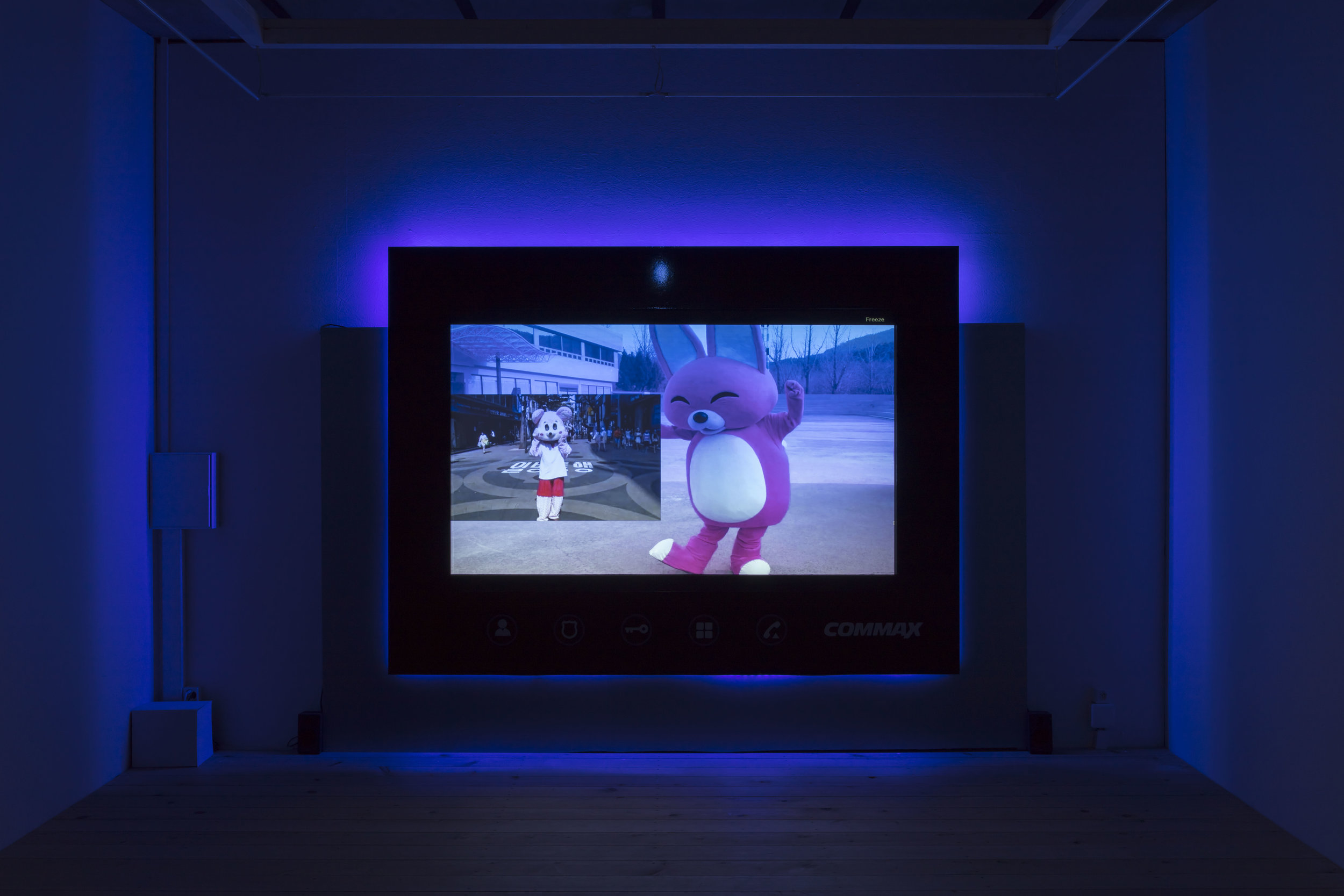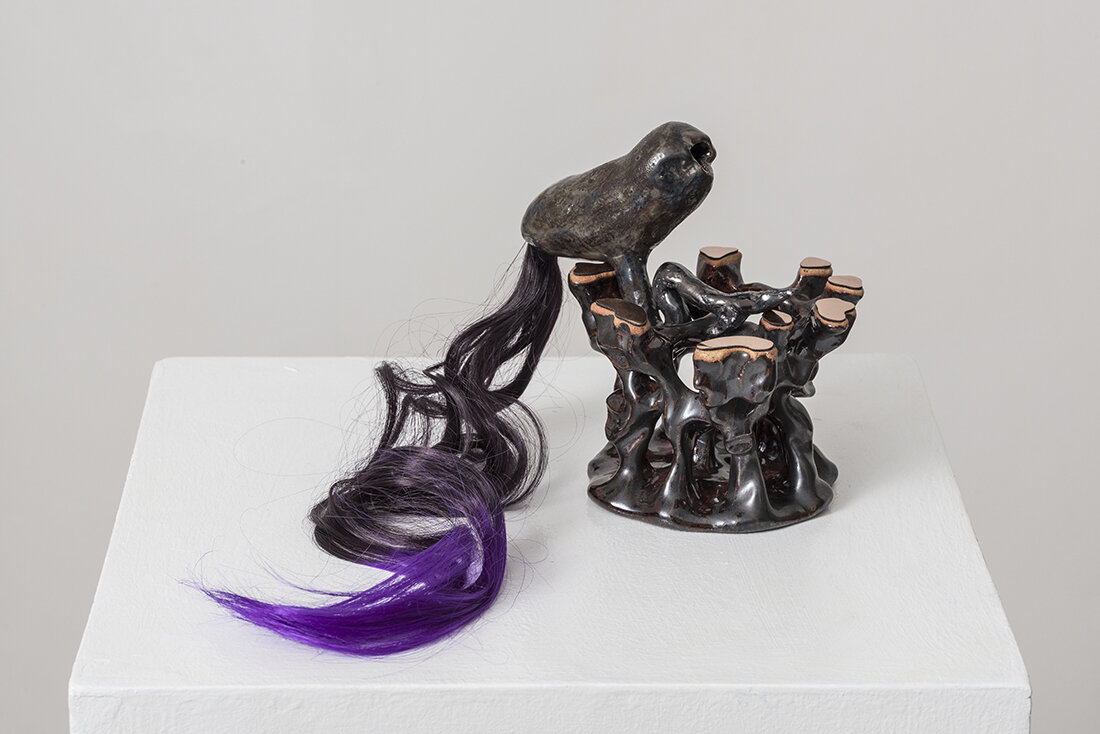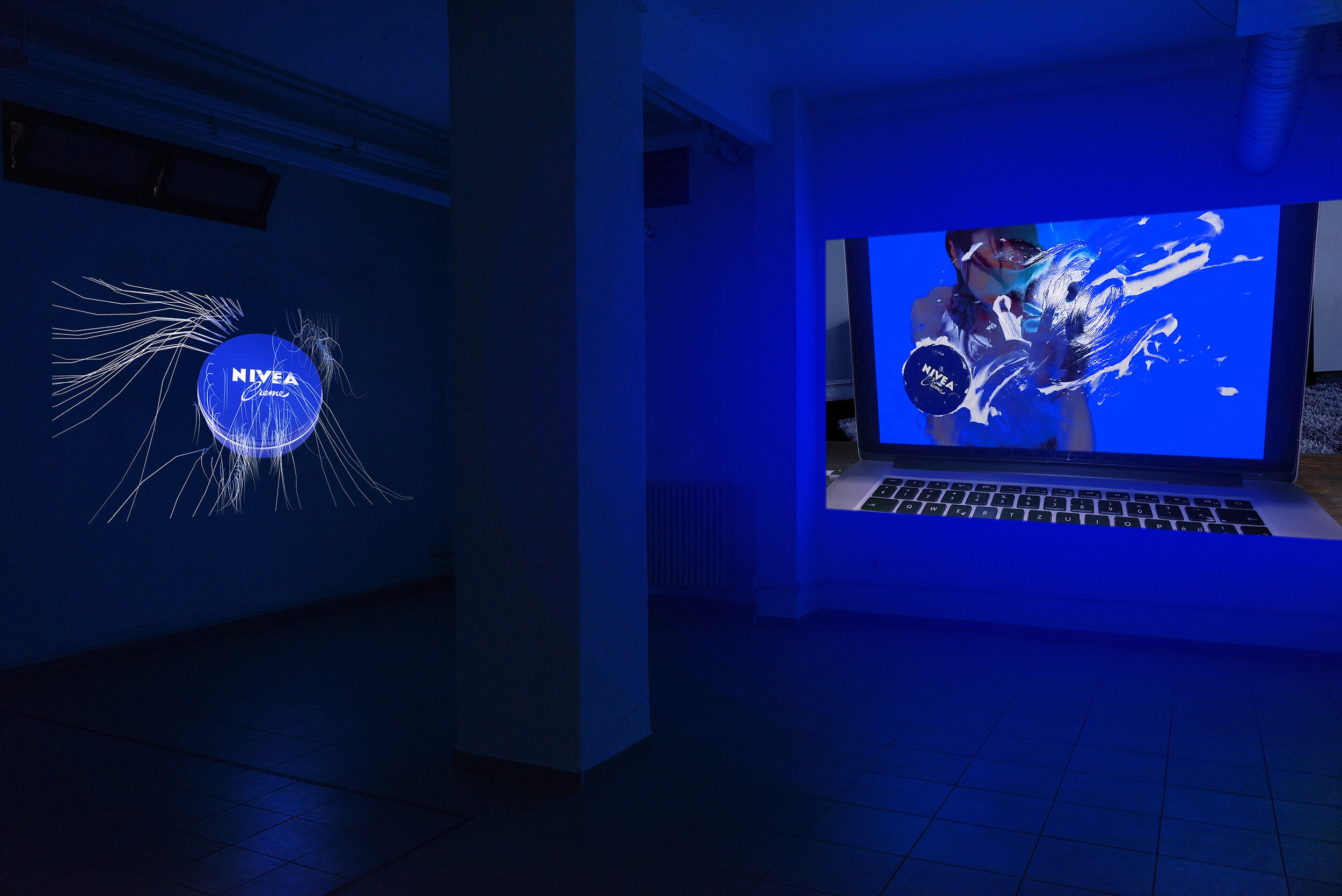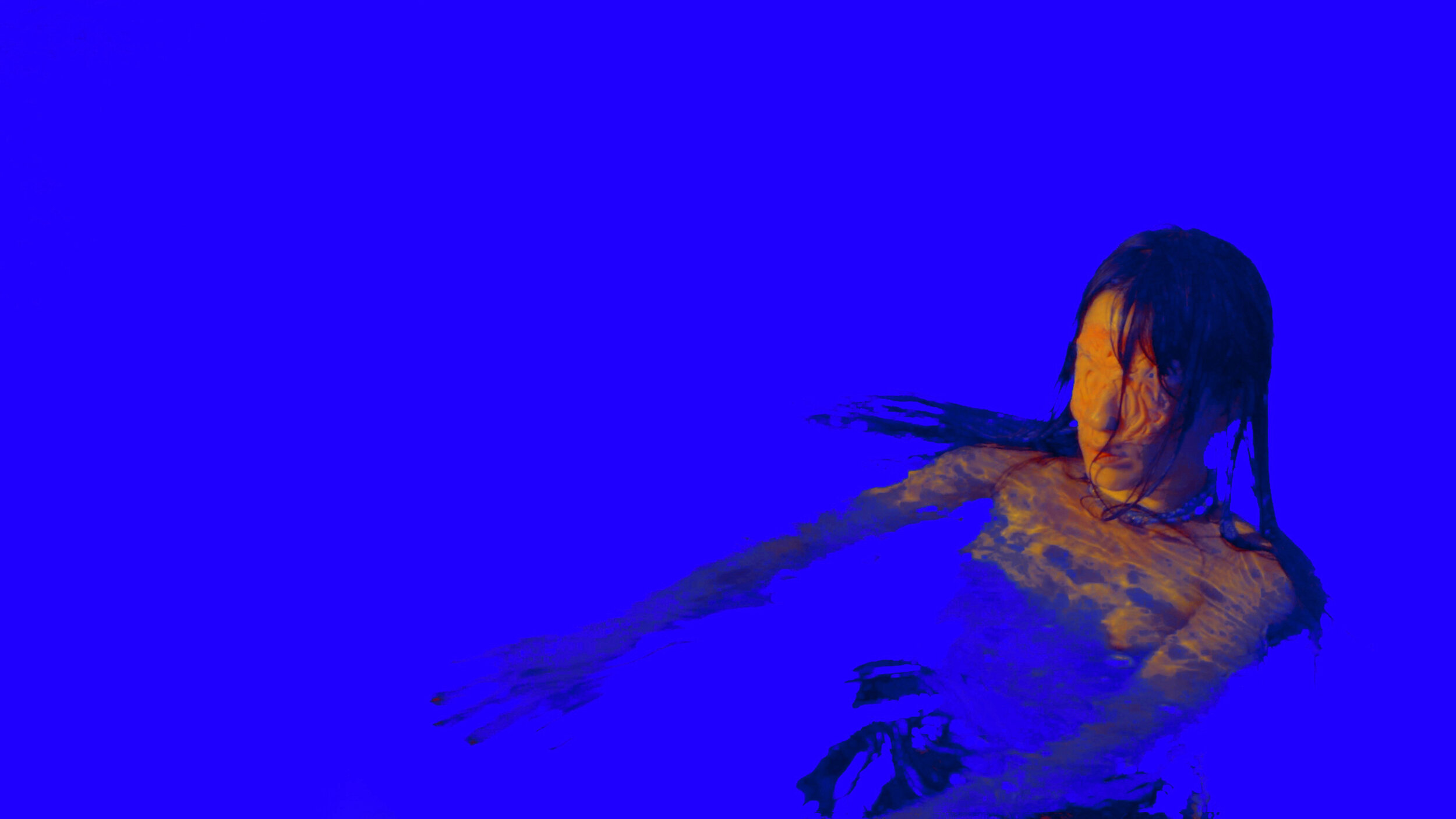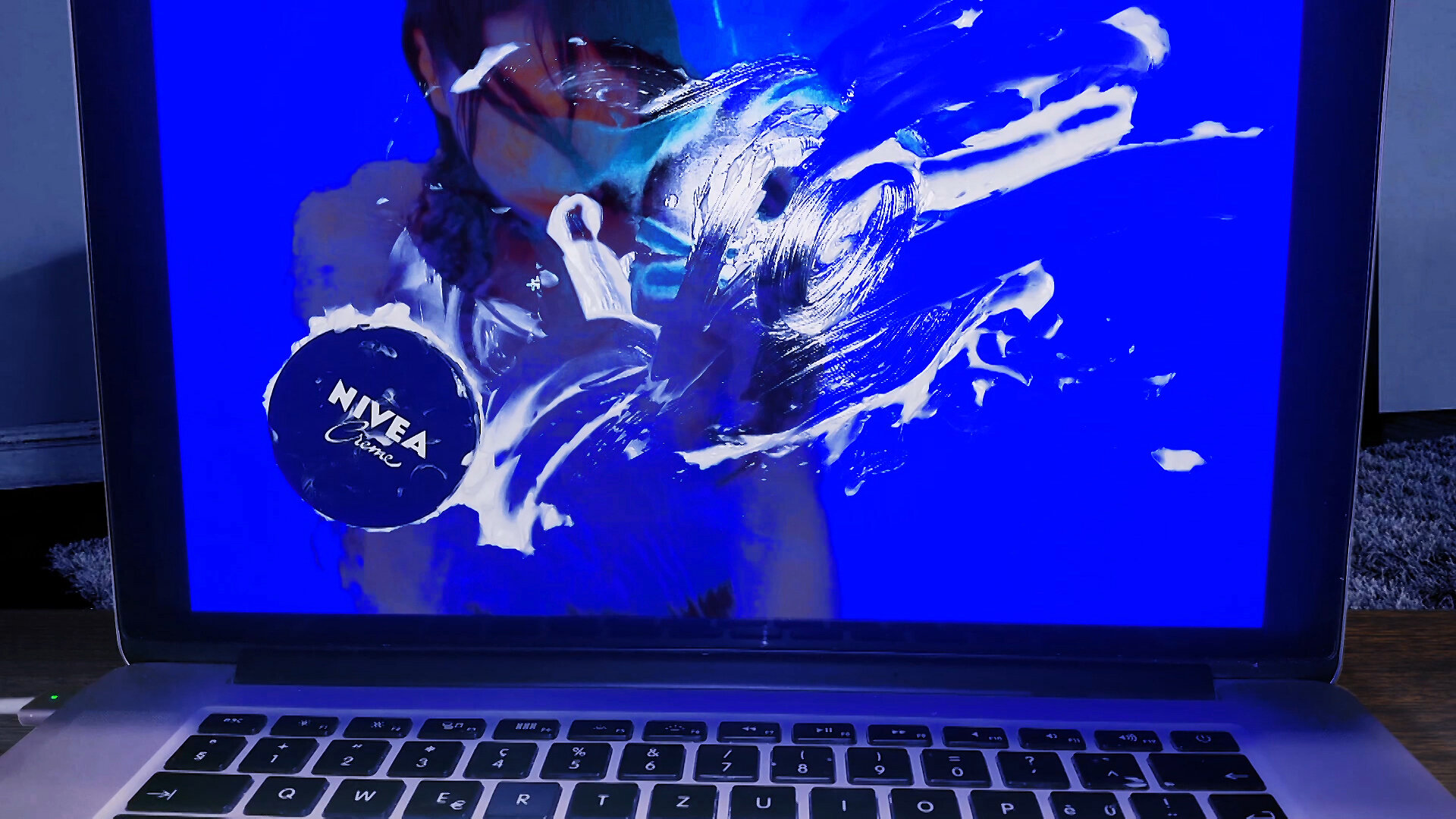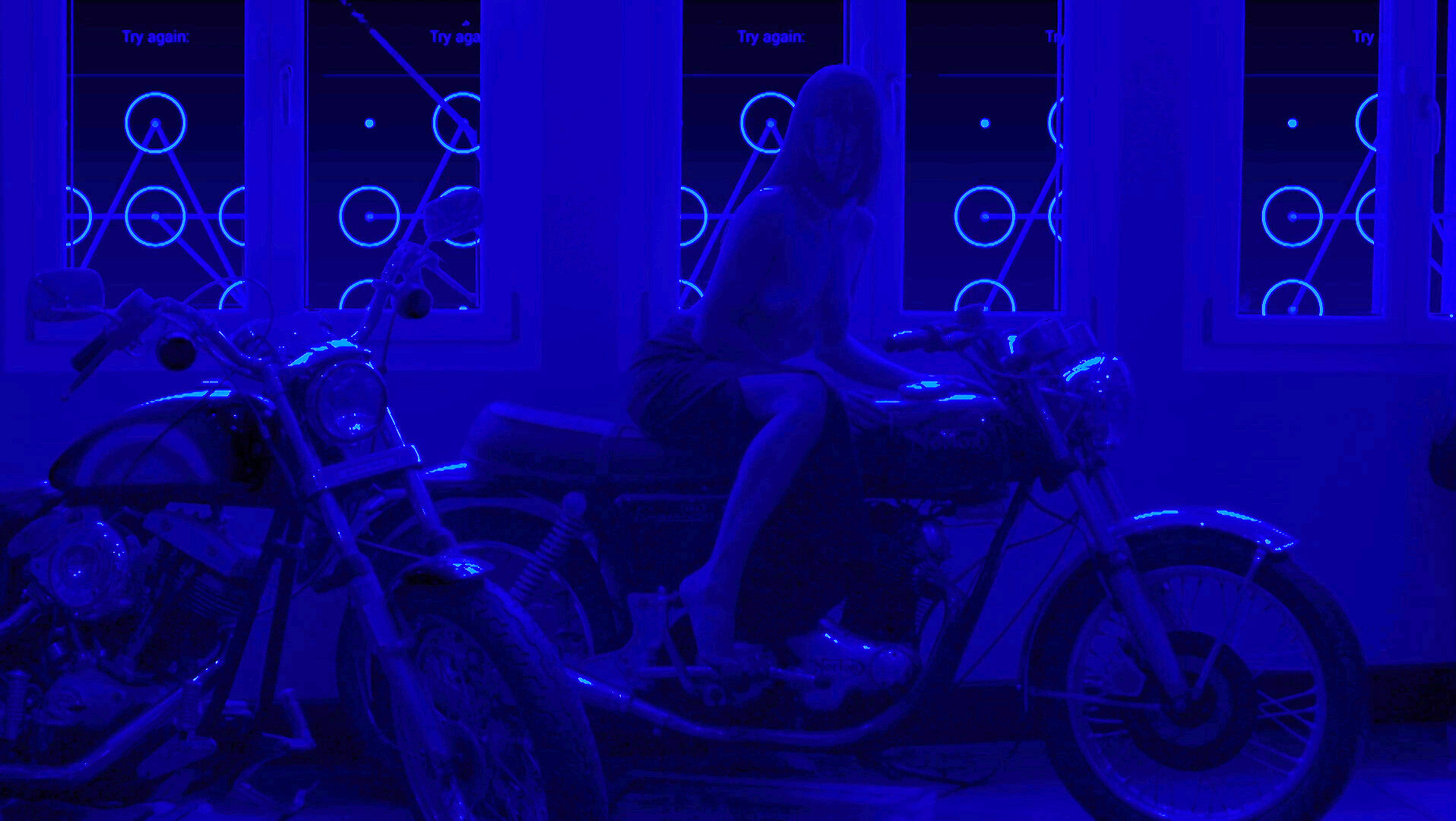Derivative Messiah


























Venue: Doosan Gallery
Date: 04. September. 2024 - 12. October. 2024
Curators: Jinyoung You, Hyejung Jang(Chief curator)
Assistant Curator: Haram Kang
Curatorial Assistant: Seongeun Parc
photo: Euirock Lee
Pastoral Letters: Be an Impious Steward
In a day and age when everything questions and is questioned in turn, there is one thing that is never questioned: the absolute order that is capitalism. As a symbolic presence, it can commit any wrong and never be held accountable. If anything, it is the individuals who game or find flaws in this solemn system who end up constantly being put on trial. By stepping back and cooking up a bit of mystery and falsehood to inflate itself, capitalism has been able to prolong its life. It cloaks itself in human bodies bearing the weight of original sin (the Fruit of the Tree of Good and Evil), in sparkling slot machines and gaudy accessories, and in cult leaders and unidentifiable advertising. Thus, concealing its own identity, capitalism hovers around us offering customized salvation.
The solo exhibition Derivative Messiah by the 14th DOOSAN Yonkang Arts Award recipient Sinae Yoo—and most centrally the eponymous video work—explores today’s new messianism as a product of the dynamics between society and the individual. Yoo has been working among different genres and media, employing a distinct style as she detects the cultures and phenomena underlying contemporary capitalist societies. With this exhibition, she poses questions about the role of faith at the origins of such structures and the way these beliefs exist.
Why is the symbolic capital of the savior messiah so solid? The timeworn apocalyptic scenario of the savior messiah is not something to be unquestioningly accepted or cynically disregarded. The screen beyond the gates contains a mixture of testimonies from different people and skeptical confessions. With nothing added or concealed, the exhibition Derivative Messiah presents all the surplus desire, the heightened splendor, and the questions and doubts that suddenly intrude. Within this is a curious tangle of conflicting elements: arrogance and humility, hope and despair, pleasure and morality, sacred and profane, self-love and self-hatred. Where capitalism has concealed all sorts of formless things under sleek packaging to ensure reality’s pliant functioning, Sinae Yoo plants seeds of doubt, as the expansion of conflicting things suggests that the reality in front of it might be illusory. In the process, she gently lays bare some of capitalism’s trade secrets.
Over time, we came to believe that the world moves in a slightly better direction each day; we accepted that God was dead. Some of us believed the world might meet its end. All these beliefs have long since crumbled. As doubting Thomases who question everything, can we be saved? We, who still seek salvation despite it all.
God, religion, money, real estate, material things, nature, science, knowledge, love, friendship, guilt, and fear. What are we implicated in as we bear the yoke of belief? Believing that what we see is what shapes us, believing that the only things that can save us are what we can hold in our hands (be it money or real estate), believing that God exists, believing that some transcendent being will save us, believing that we believe in nothing—or simply believing.
Sinae Yoo (b. 1985) is based in Seoul. She began her career in Europe around 2013 and works primarily in Korea today. She has held solo exhibitions at the Center for Contemporary Art FUTURA (2019, Prague, CZ) and the Kunsthaus Langenthal (2016, Langenthal, CH) and taken part in group exhibitions at various venues, including Culture Station Seoul 284 (2023, Seoul, KR), the Pingshan Art Museum (2023, Shenzhen, CN), and the Kunsthalle Bern (2018, Bern, CH). In 2016, she received the Aeschlimann-Corti Award, a major art prize in Switzerland and won the Focus Asia Stand Prize at the second Frieze Seoul event in 2023. Yoo is the recipient of the 14th DOOSAN Yonkang Arts Award in 2023.



